Kanipaka Vinayaka Swami Temple (Telugu: కానిపాక వినాయక స్వామి దేవాలయము , Hindi:कानिपाक विग्नेष मंदिर) Kanipakam is a small village on the bank of Bahuda River,Irala mandal, Chittoore district of Andhra Pradesh.
Lord Vinayaka Swami - Abstract
1. Lord Vinayaka Swami
2. Lord Vinayaka Swami with his wifes Siddi and Buddi
Important festival(s):
- Vinayaka Chaturthi
.
- 04.00 AM – 09.30 PM – Daily Open and Closing Timings
- 04.00 AM – 05.05 AM – Suprabatham, Binduteerthaabishekham
- 05.45 PM – 06.15 PM – Paalabhishekam
- 05.30 AM – 6.00 AM – Special Abhishekam
- 09.00 AM – 10.00 AM – Special Abhishekam
- 11.00 AM – 12.00 Noon – Special Abhishekam
- 05.00 AM – 05.30 AM – Nijaroopa Darshan
- 07.00 AM – 07.30 AM – Nijaroopa Darshan
- 08.30 AM – 09.00 AM – Nijaroopa Darshan
- 10.30 AM – 11.00 AM – Nijaroopa Darshan
- 04.30 PM – 05.00 PM – Nijaroopa Darshan
- 09.00 AM – 12.00 Noon – Ganapathi Homam
- 07.00 AM – 12.00 Noon – Ganapathi Modaka Pooja
- 10.00 AM – 11.00 AM – Ganapathi Sahasra Namarchana
- 01.00 PM – 01.30 PM – Ganapathi Sahasra Namarchana
- 03.30 PM – 04.00 PM – Ganapathi Sahasra Namarchana
- 06.00 PM – 06.30 PM – Ganapathi Sahasra Namarchana
- 06.00 AM – Before 12.00 Noon – Ganapathi Patra Pooja
- 06.00 AM – Before 12.00 Noon – Shodasa Ganapathi Pooja
- 06.00 AM – Before 12.00 Noon – Moola Mantraarchana
- 06.00 PM – 06.15 PM – MahaHarati(Kumba Harati)
- 09.30 PM – onwords – Pavalimpu Seva (EkanthaSeva)
- 11.00 AM – 12.00 Noon – Nitya Kalyanotshavam
- 06.00 PM – 07.30 PM – Vunjala Seva
.
- Kanipakam Temple was constructed in the early 11th century CE by the Chola king Kulothunga Chola 1 and was expanded further in 1336 by the Emperors of Vijayanagara dynasty.
- Local legends claim that the idol of Ganesha continuously grows in size. The temple was too small to be patronized by Chola and Vijayanagara kings. The temples of Cholas and Vijayanagaras are normally magnificent in size and grandeur. Most of the present structures are of recent origin and the present major developmental and construction activities of the temple are well supported by offerings given to the temple by the devotees. Ganesha is popular.
- Kanipakam is home to a popular Hindu temple of Lord Ganesha called as Kanipaka Vinayaka Temple.
.
Kanipakam temples are undertaken by T.T.D (Tirumala Tirupati Devastanams).
T. Sivaji – Executive Officer Regional Joint Commissioner
M.Sreeramulu Reddy (Agarampalli) – Chairman
D.Rangaiah Chetty (Irala) – Board Member
M.Bhaskaran (Thiruvanampalli) – Board Member
P.DevendraReddy (Irala) – Board Member
K.RavindraNaidu (Irala) – Board Member
Smt. P.GirijaKumari (Tirupati) – Board Member
H.S. Prakash (Bangalore) – Board Member
M.Satyavanthudu (Tirupati) – Board Member
Surabhi Bhooma Rao (Hyderabad) – Board Member
Kanipakam, Irala Mandal, Chittore District, Andhra Pradesh.
By Road: Approximately 70 km from Tirupati.
By Rail: Nearest railway stations to Iskon
- Chittoor (11.5 km)
There is Air transportation is Available (Renigunta Airport)
.
Long ago there lived two brothers Sankha and Likhita. They were on a pilgrimage to Kanipakam. As the journey was tiring, the younger brother Likhita felt hungry. Disregarding the advice of the elder brother he plucked a mango from the mango grove. Sankha felt bad and reported this to the ruler of that area and pleaded for punishment for the sin committed during the pilgrimage. Thus Likhita was punished severely being deprived of both arms.
Later they took bath in the river near Kanipakam temple. Lo Behold! The chopped arms were restored to Likhita as soon as he had a dip in the sacred waters of the river. These incidents lead the ruler to rename the river as ‘Bahuda’ (Bahu means human arm). Thus the river beside Kanipakam temple is now known as ‘Bahuda River’.
“Kani” means wetland and “Pakam” means flow of water into wetland. According to the legend of the temple there were three brothers and each one had a handicap. Viz., Dumb, Deaf and Blind. They were earning out their livelihood by cultivating a small piece of land.
In olden days water was drawn from the well by way of ‘Piccota System’. As one of them used to irrigate the field through the channels, the other two used to ply on the Piccota. On one such operation they found that the water in the well got dried up and they could no longer continue their job. One of them got into the well and started digging it up. He was taken aback to see the iron implement hitting a stone like formation.
Later, he was shocked to see blood oozing out from it. Within in a few seconds the entire water in the well, turned blood red in colour. Thus, startled by this divine sight, all the three became normal getting rid of their deformities. As soon as the villagers came to know about this miracle, they thronged to the well and tried to deepen the well further. But their attempt proved futile because the ‘swayambhu’ idol (the self-manifested) of Lord Vinayaka emerged from the swirling waters.
Ultimately they offered many number of coconuts with all prayers- modesty kneeling before the new idol afford “MAGALHARATHI” etc. They declared the ideal of “SWAYAMBHU” and tendered number of coconuts. The coconuts water flowed into the channel to a distance of more than one and a quarter acres. The indication of this led to the modification in the usage of the Tamil word “KANIPARAKAM” and later pronounced as KANIPAKAM. Even today the idol is in the original well and the springs of the well are perennial and the eternal. During the rainy season, the holy water from the well overflows even today.
Another striking and strange feature of the idol is that it is still growing in size. At present, we can see the knees and the abdomen of the idol. Smt. Lakshmamma, an ardent devotee had offered a ‘Kavacham’ (Armour) to the Lord, fifty years ago but today it is out of size and doesn’t fit the idol. The holy water from the well is offered to the devotees as theertham.
Significance of Kanipaka Vinayaka Swami
- The swayambhu idol of Kanipakam is the up-holder of truth. Day to day disputes between people is resolved by taking a ‘special oath’. The people in the dispute take a holy dip in the temple tank and swear before the lord. It is taken as gospel truth.
- There are instances when the person who committed that sin voluntarily agrees as soon as he had the dip and much before entering the temple itself. It seems the Lord lawns invisibly on the sinner and makes him repent & feel guilty for his sinful deeds.
- Thus the glory of Sri Varasiddhi Vinayaka spread far and wide and the honorable courts uphold the ‘special oath’ in their judicial pronouncements…
Other key temples within Kanipaka Vinayaka Swamy temple premise.
- Sri Veeranjaneya Swami Temple
- Siddi and Buddi Temple
Other key temples and sites around Kanipakam temple premise.
Saint Ramanujacharya consecrated the temple in 1130 AD.
The festivals and functions are similar to those conducted in the Sri Venkateswara temple. The annual Brahmotsavam at this temple is celebrated in the month of Vaisakha every year. The annual float festival is also celebrated every year.
The temple of Anjaneyaswami, which is directly opposite, is a subshrine of this temple. According to legend, this temple commemorates the visit of Sri Rama to Tirupati. The festivals of Ugadi and Sri Ramanavami are celebrated in this temple on a grand scale. Brahmotsavam is celebrated at this temple every year.
.
This temple is located one and half miles from Tirupati, Chittoor Dist. In famous Kapila Theertham Temple Presiding Deity is Lord Siva. Here Lord Siva is called as Kapileswara. It is one of the famous 108 Sacred Theerthas on Tirumala Hills.
.
According to tradition, the Mother Goddess manifested Herself in the holy Pushkarini called Padmasarovaram in a golden lotus. The Venkatachala Mahatyam states that Lord Suryanarayana was instrumental in blossoming of the lotus in full splendour. A temple dedicated to Lord Suryanarayana is situated on the eastern side of the Pushkarini. The Padma Purana gives a vivid description of the advent of the Goddess and subsequent wedding with Lord Srinivasa.The manifestation of Sri Padmavathi Devi occurred in the month of Karthika on Sukla Paksha Panchami when the star Uttarashada in the ascendent. The Brahmotsavam of the Goddess is celebrated with all pomp and glory to commemorate the auspicious occasion of Her avatara. This resplendent festival celebrated for ten days attracts devout pilgrims from far and wide. The Panchami Tirtham marks the highlight of Tiruchanoor Brahmotsavam. Turmeric, Tulasi, Silk Saree and other sacred presents are brought from Tirumala Temple in an impressive procession on this occasion and offered to the Goddess. In an exquisitely decorated mandapam built on the banks of Padma Sarovaram, Sacred bath is offered to Goddess Padmavathi Devi and Sri Sudarsana Chakra amidst vedic chants. The ten-day Brahmotsavam at Tiruchanoor is a spectacular event witnessed by her myriads of devotees. It is also an occasion for all devotees to receive Her benign grace in abundance.
.
According to legend, Lord Venkateswara stayed here after his marriage with Sri Padmavathi Devi, before proceeding to Tirumala. Annual Brahmotsavam and Sakshatkara Vaibhavam are celebrated in grand manner.
.
.
It is believed that Lord Sri Maha Vishnu, in the form of Matsya, killed the rakshasa (demon) Somakudu here, and retrieved the Vedas from the latter.
The sanctum sanctorium houses an image of the Matsya form of Vishnu, with Sridevi and Bhudevi on either side. A peculiar feature of the idol is that it holds the Sudarsana Chakra in prayoga. The temple was constructed by Sri Krishnadeva Raya, the Vijayanagara emperor, and is a fine specimen of the Vijayanagara style of architecture.
.
It is believed that after Lord Sri Venkateswara married Sri Padmavathi Ammavaru, He blessed Sri Siddeswara and other sages here.
The temple, constructed by the Rajas of Karvetinagar, consists of a shrine for Anjaneyaswami. The imposing image of the wind-god is worshipped by devotees for relief from chronic diseases.There are also idols of Goddess Padmavathi and Sri Andal here. The presiding deity in this temple, unlike in the main temple, is in the Abhaya Hastha pose.
Brahmotsavam is celebrated once a year at this temple.
.
The main deity of the temple is Sri Venugopalaswami with His consorts – Sri Rukmini Ammavaru and Sri Satyabhama Ammavaru. The temple timings are 0600 to 1100 hrs and 1600 to 2000 hrs every day.
There is a sub-temple with the idol Sri Sita Ramula Pattabhishekam.
.
It is by the Lord’s presidency over Venkatachala, that He has received the appellation, Venkateswara (Lord of the Venkata Hill). He is also called the Lord of the Seven Hills.
The temple of Sri Venkateswara has acquired unique sanctity in Indian religious lore. The Sastras, Puranas, Sthala Mahatyams and Alwar hymns unequivocally declare that, in the Kali Yuga, one can attain mukti, only by worshipping Venkata Nayaka or Sri Venkateswara.
The benefits acquired by a piligrimage to Venkatachala are mentioned in the Rig Veda and Asthadasa Puranas. In these epics, Sri Venkateswara is described as the great bestower of boons. There are several legends associated with the manifestation of the Lord at Tirumala.
The temple has its origins in Vaishnavism, an ancient sect which advocates the principles of equality and love, and prohibits animal sacrifice.
The sanctum sanctorum which houses the awe-inspiring idol of the Lord of the Seven Hills is situated in the main temple complex of Tirumala.
.

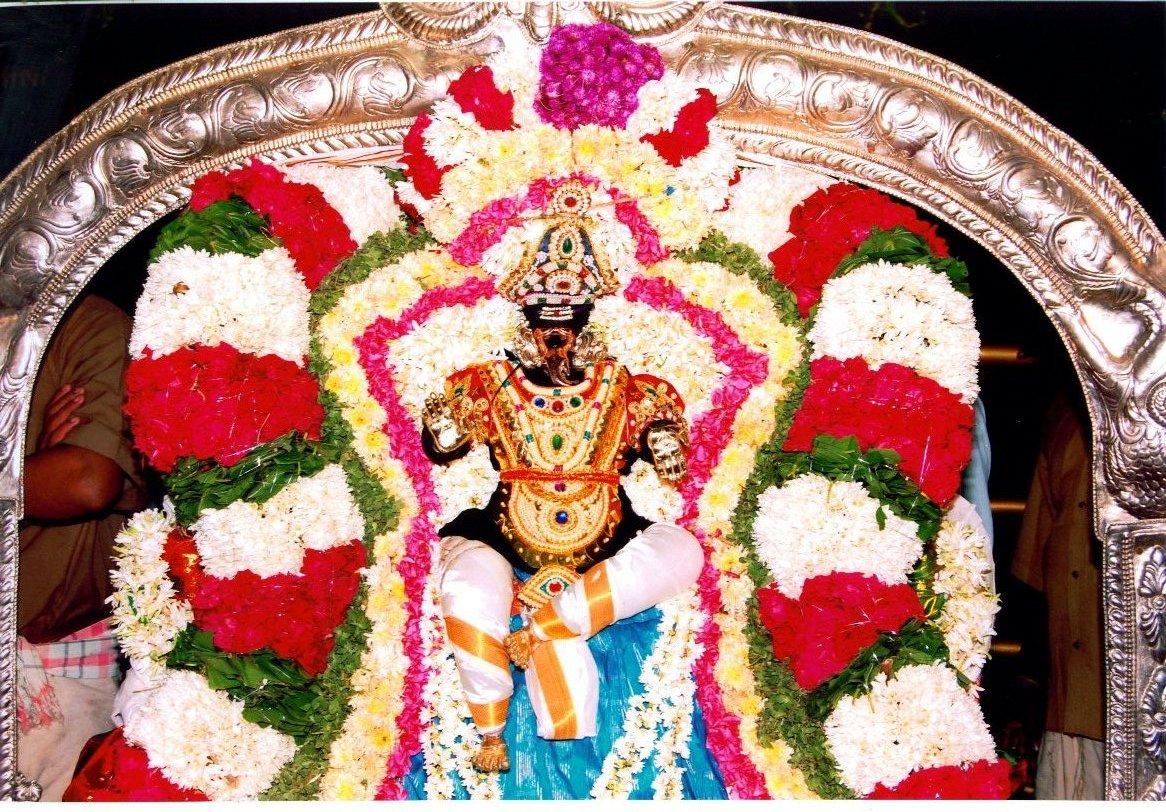
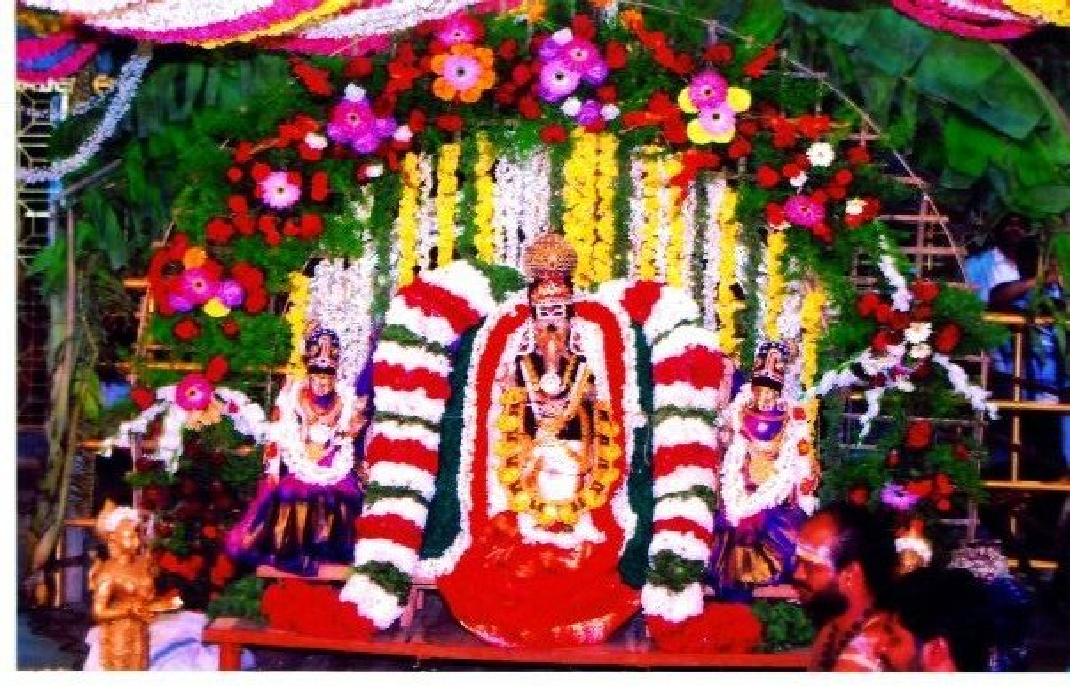
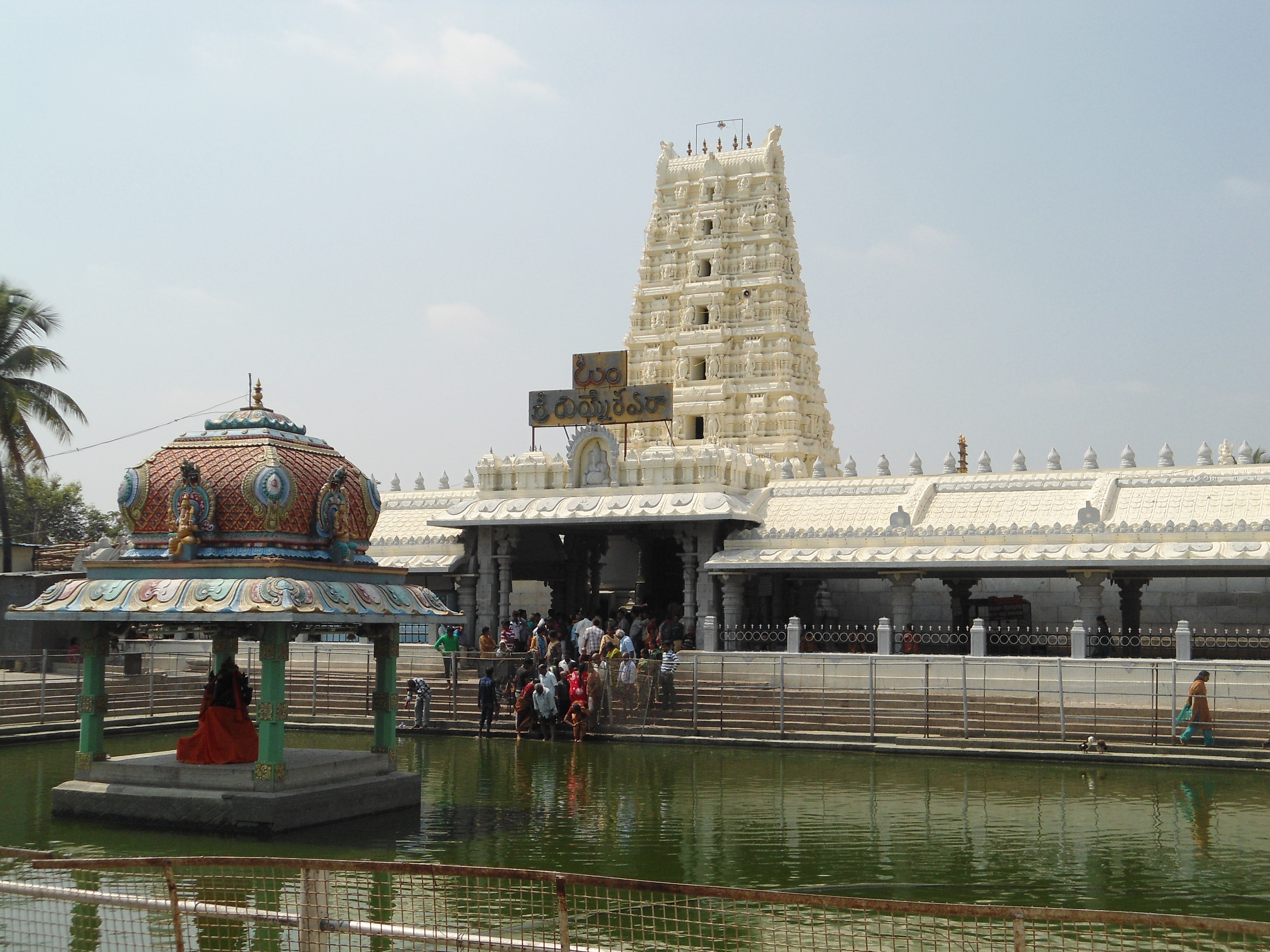
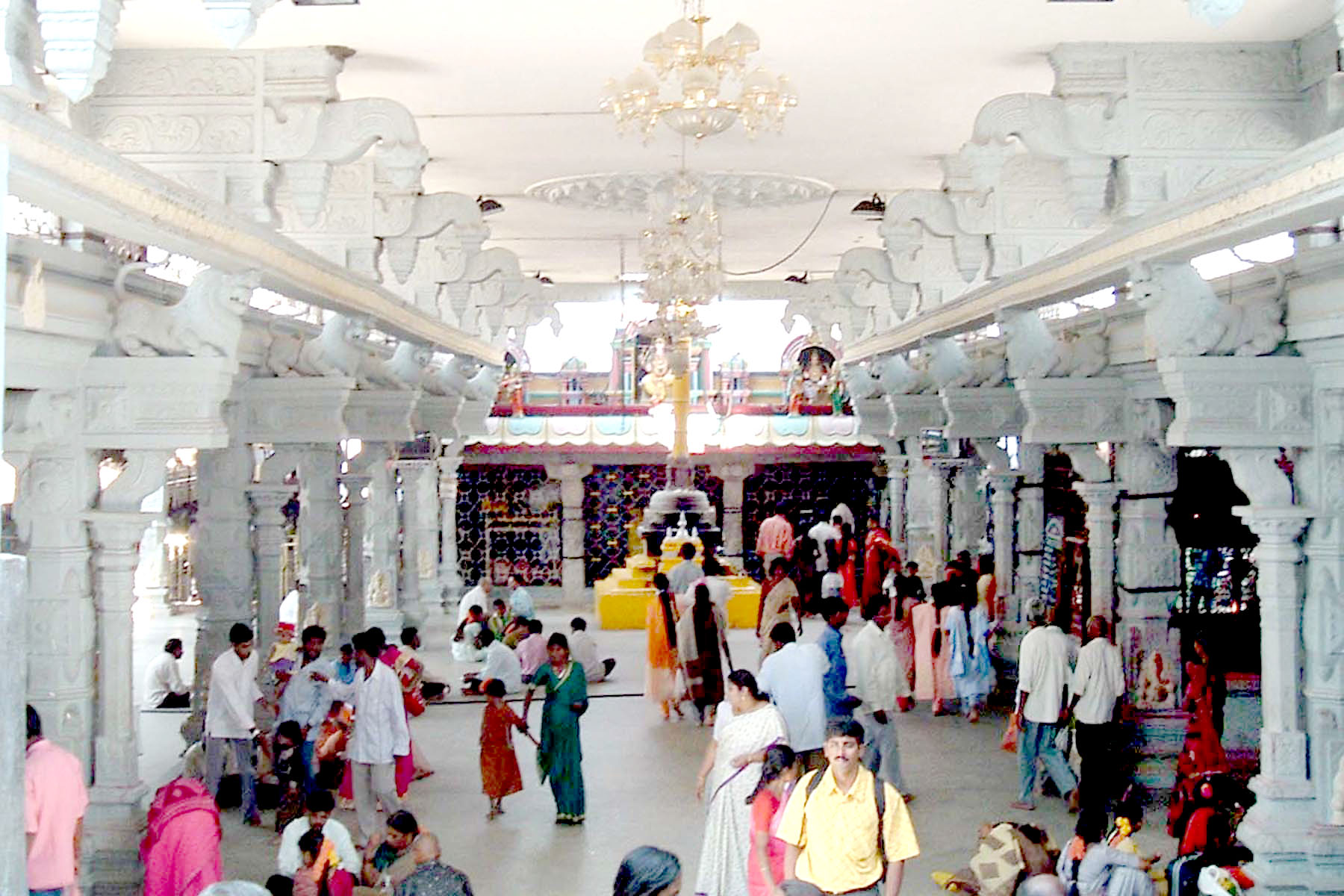
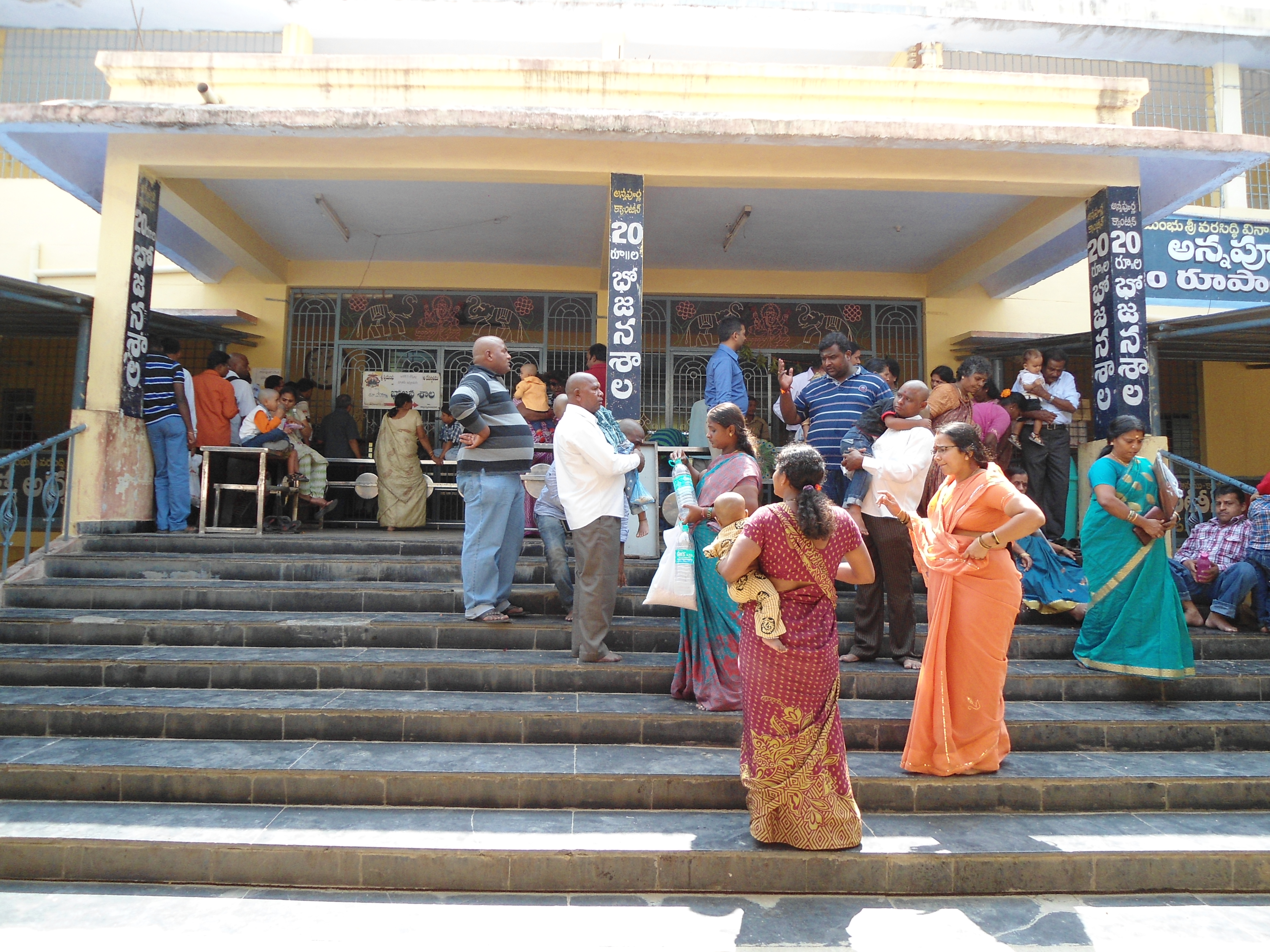
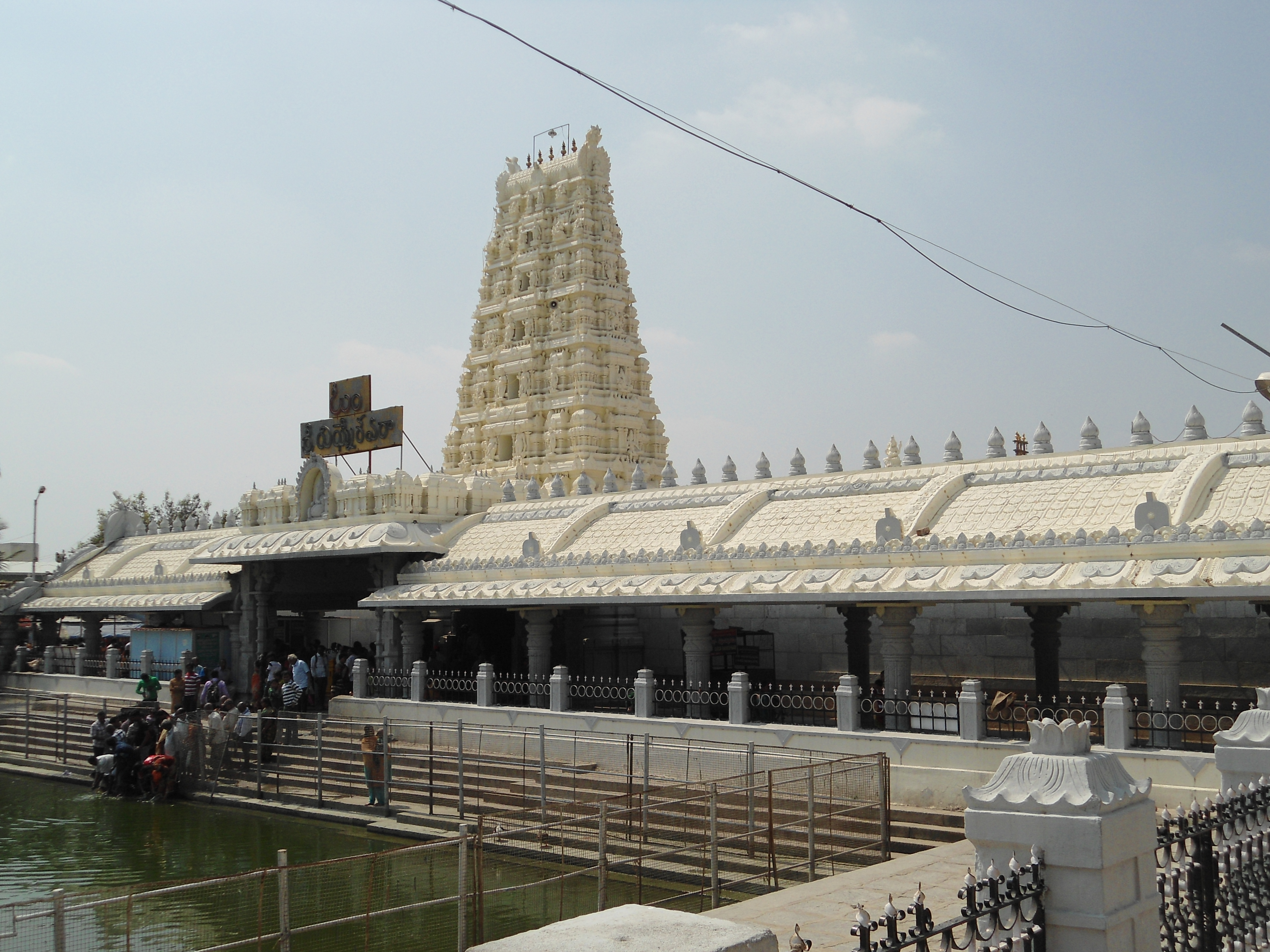
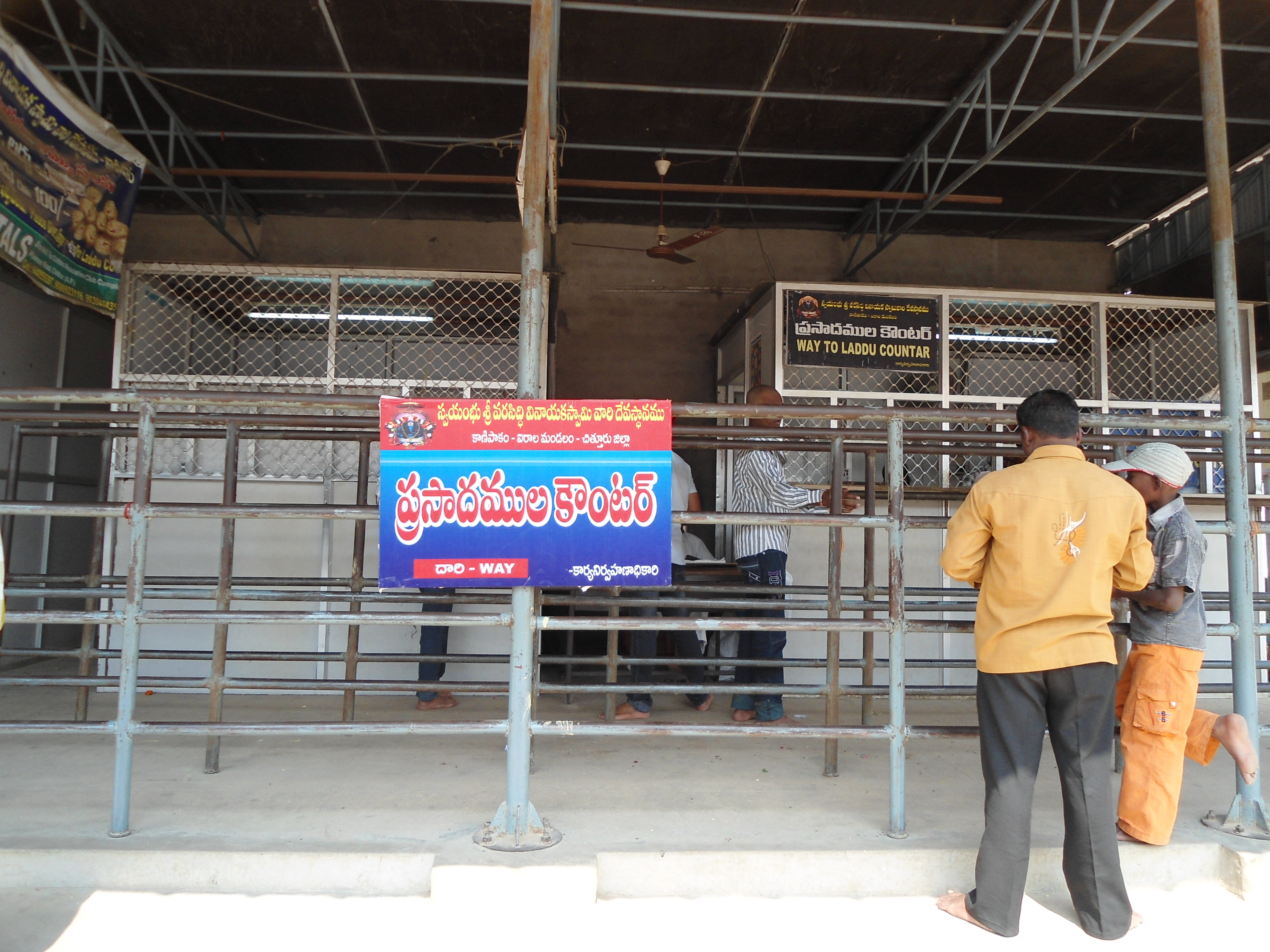
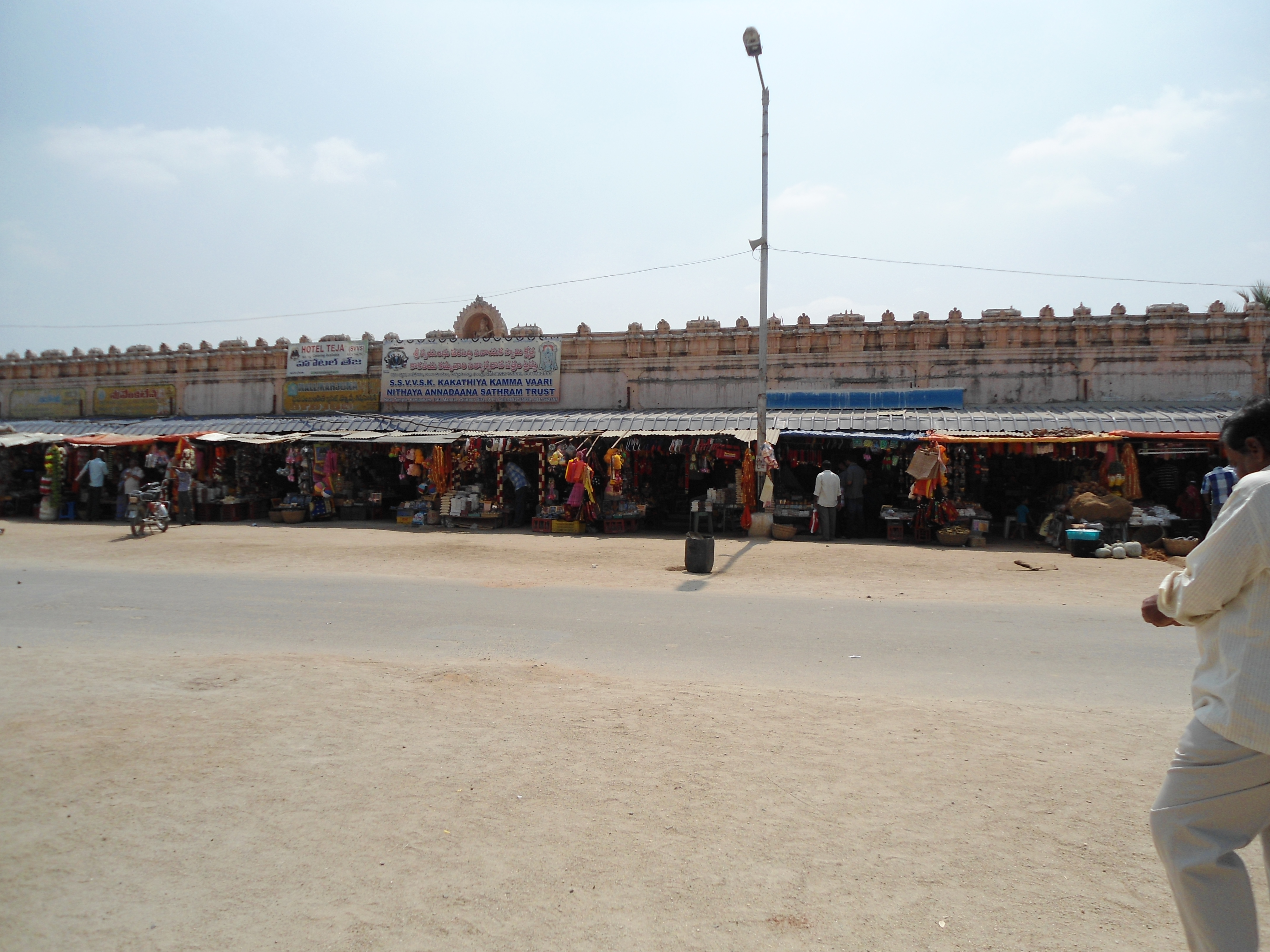
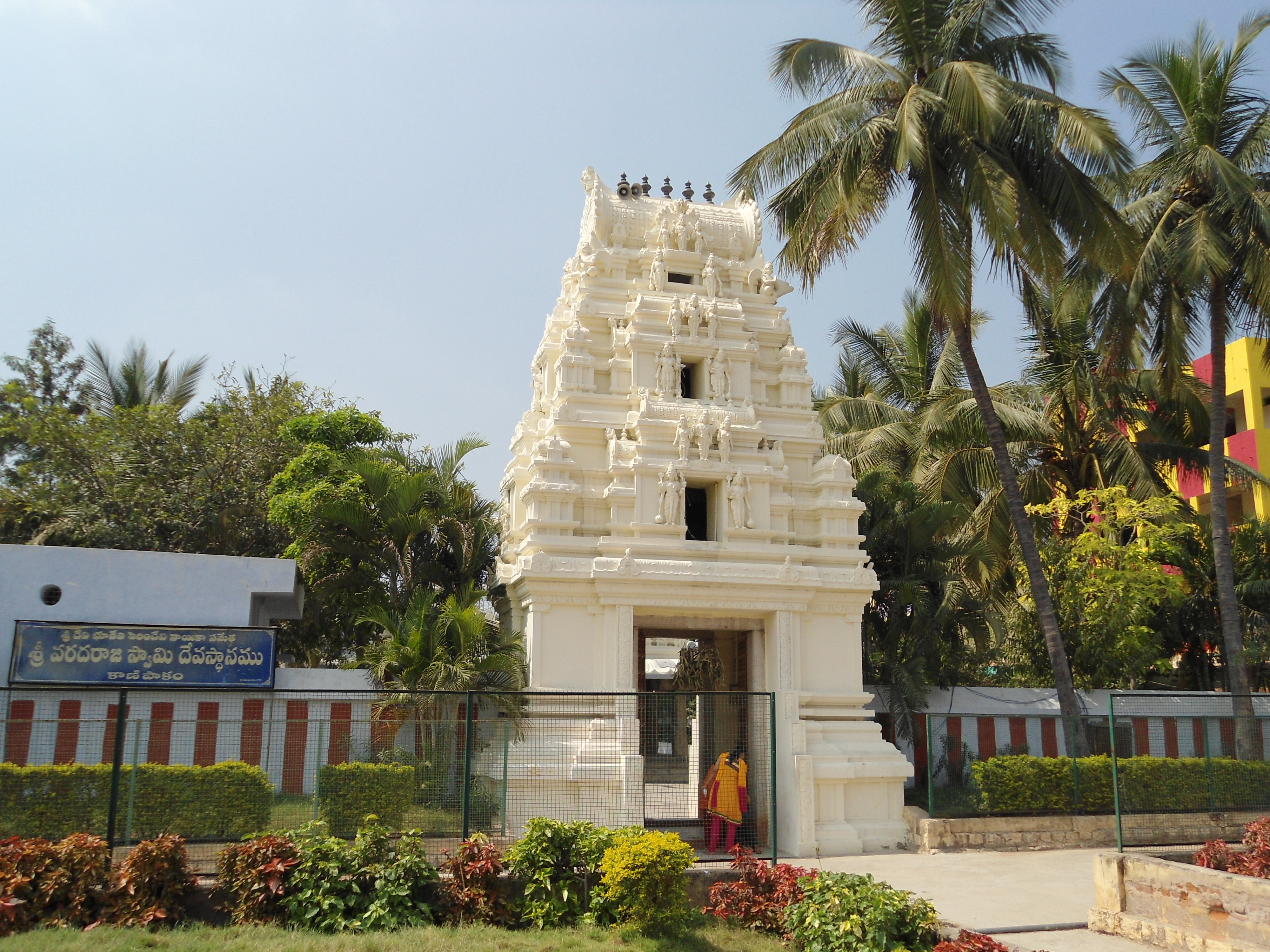
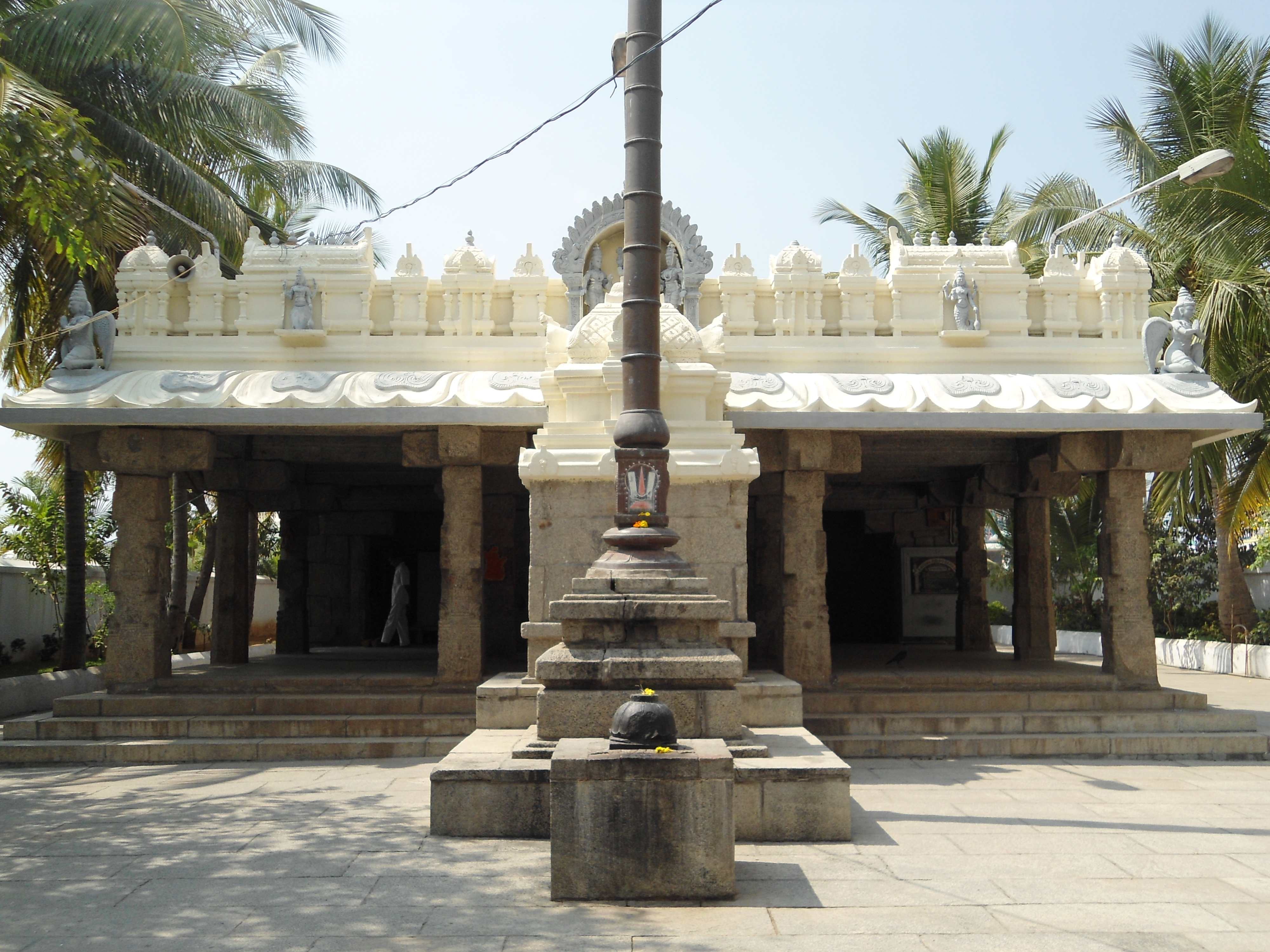
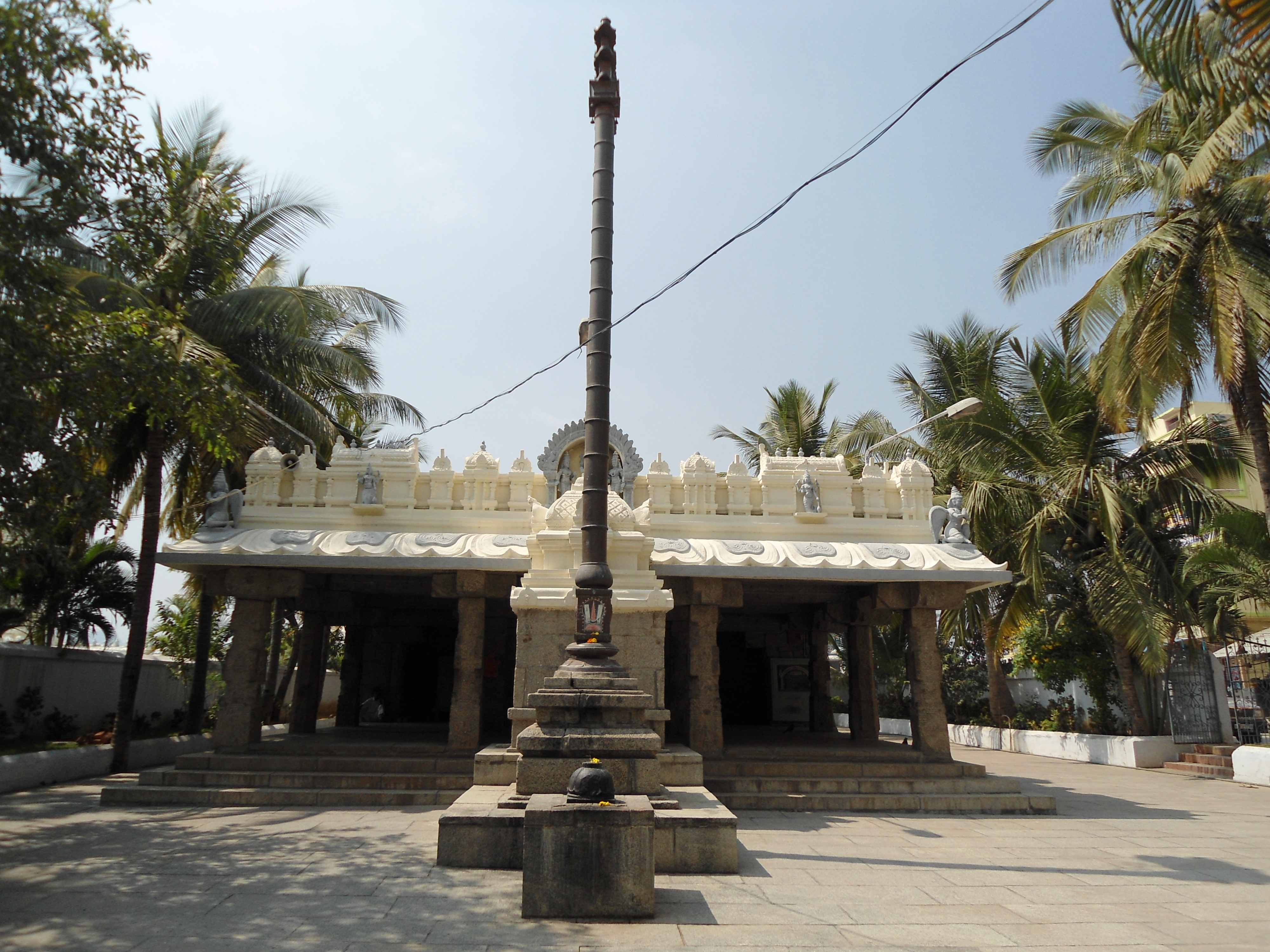
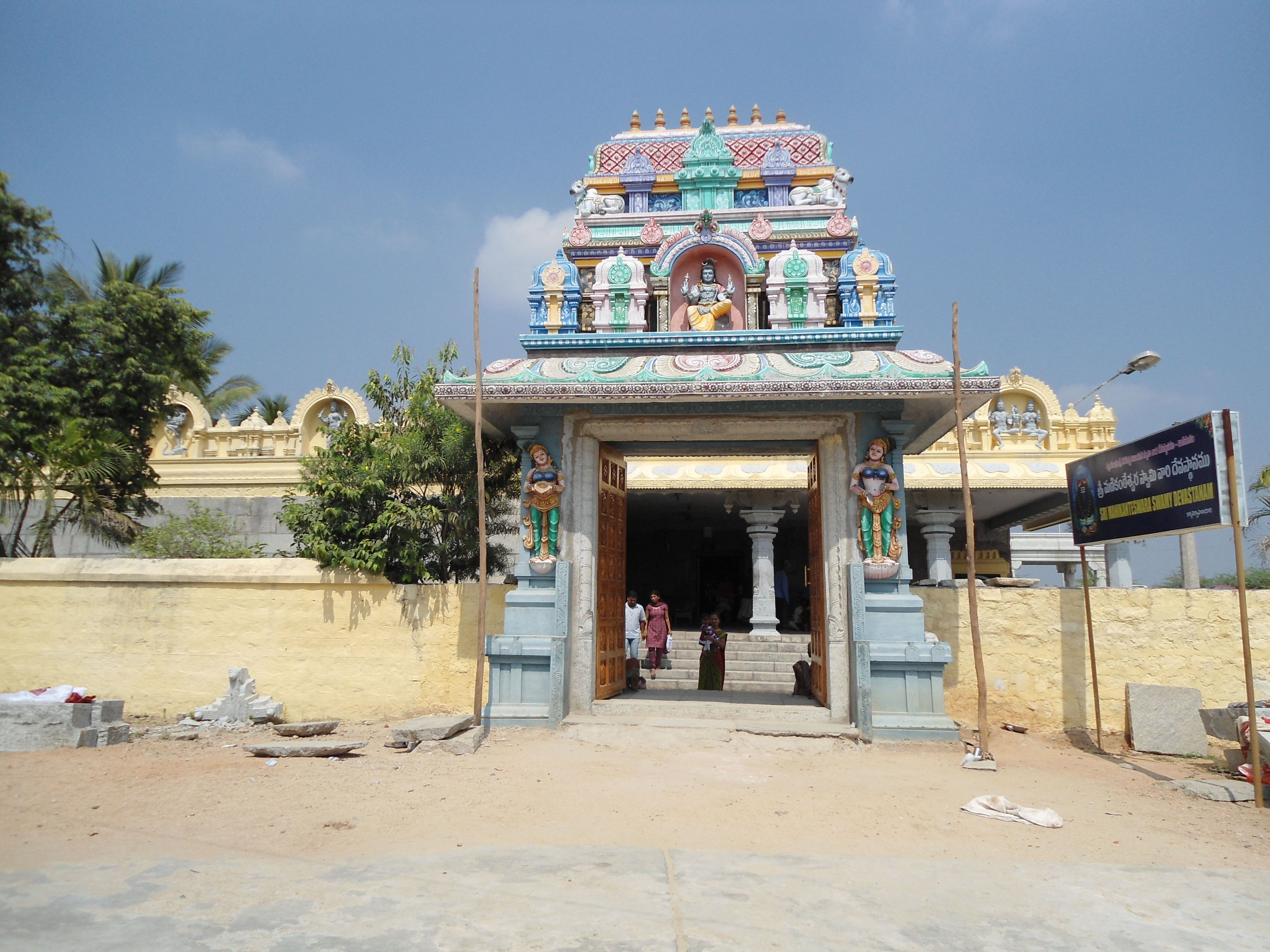
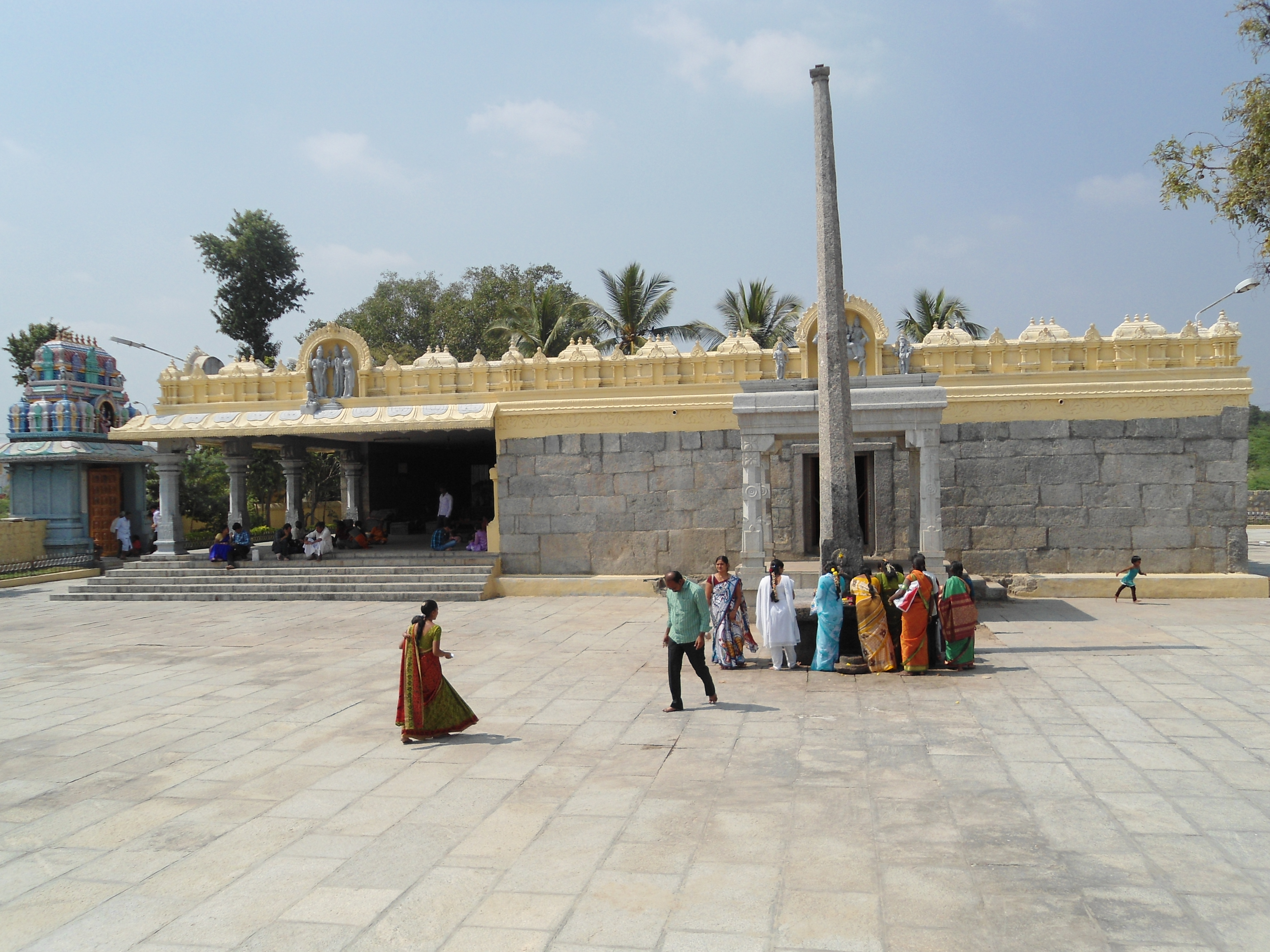
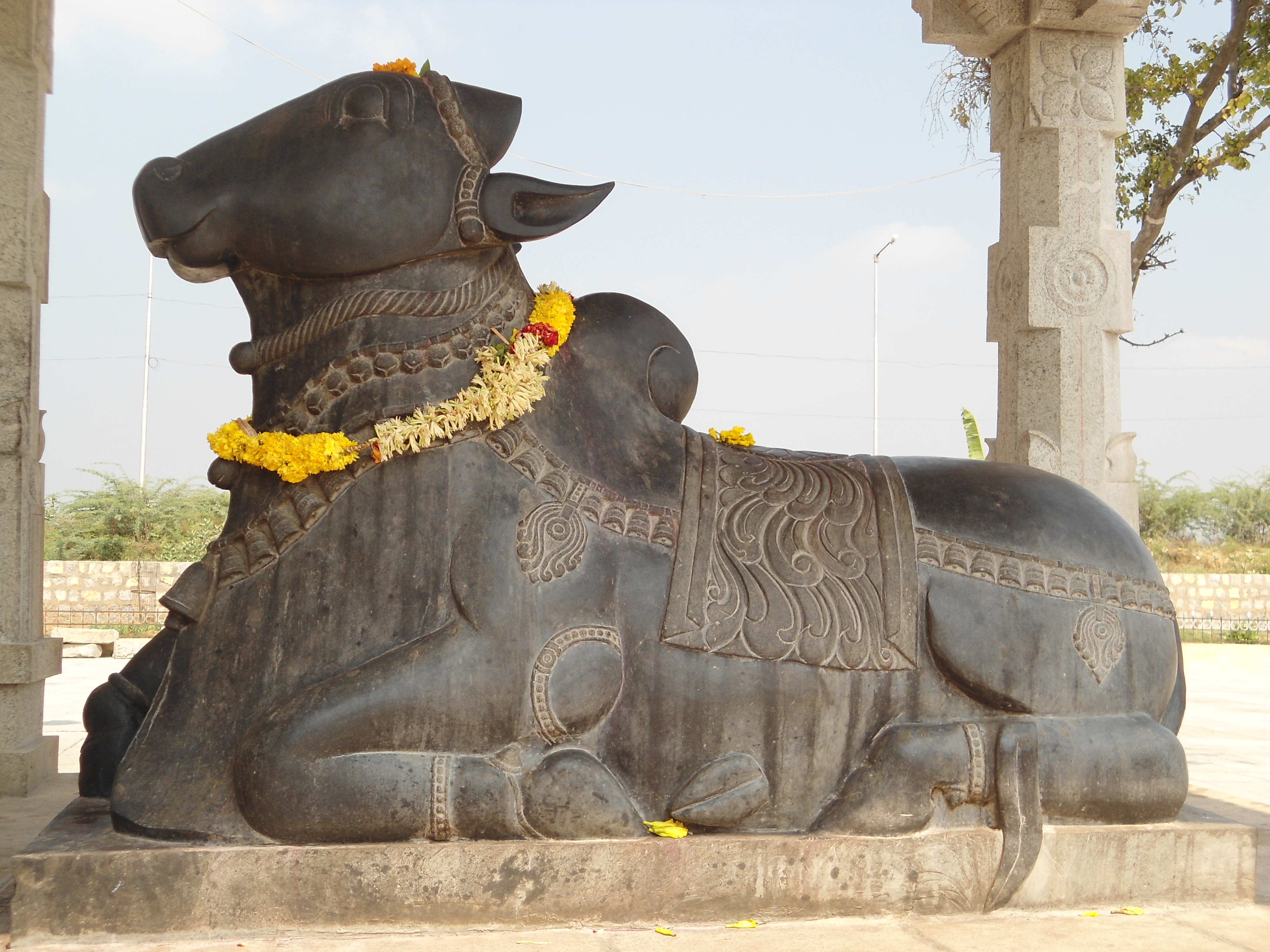
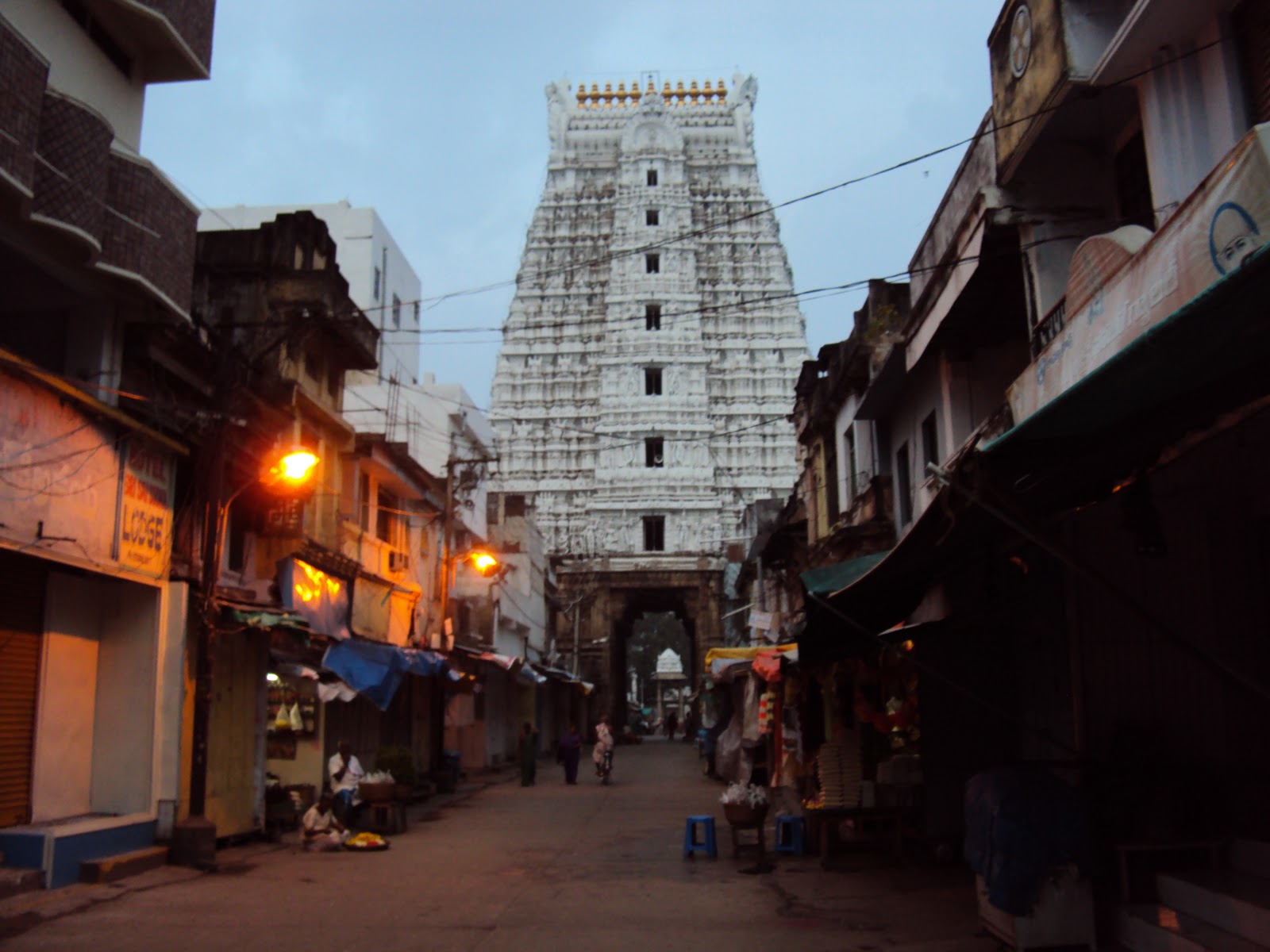
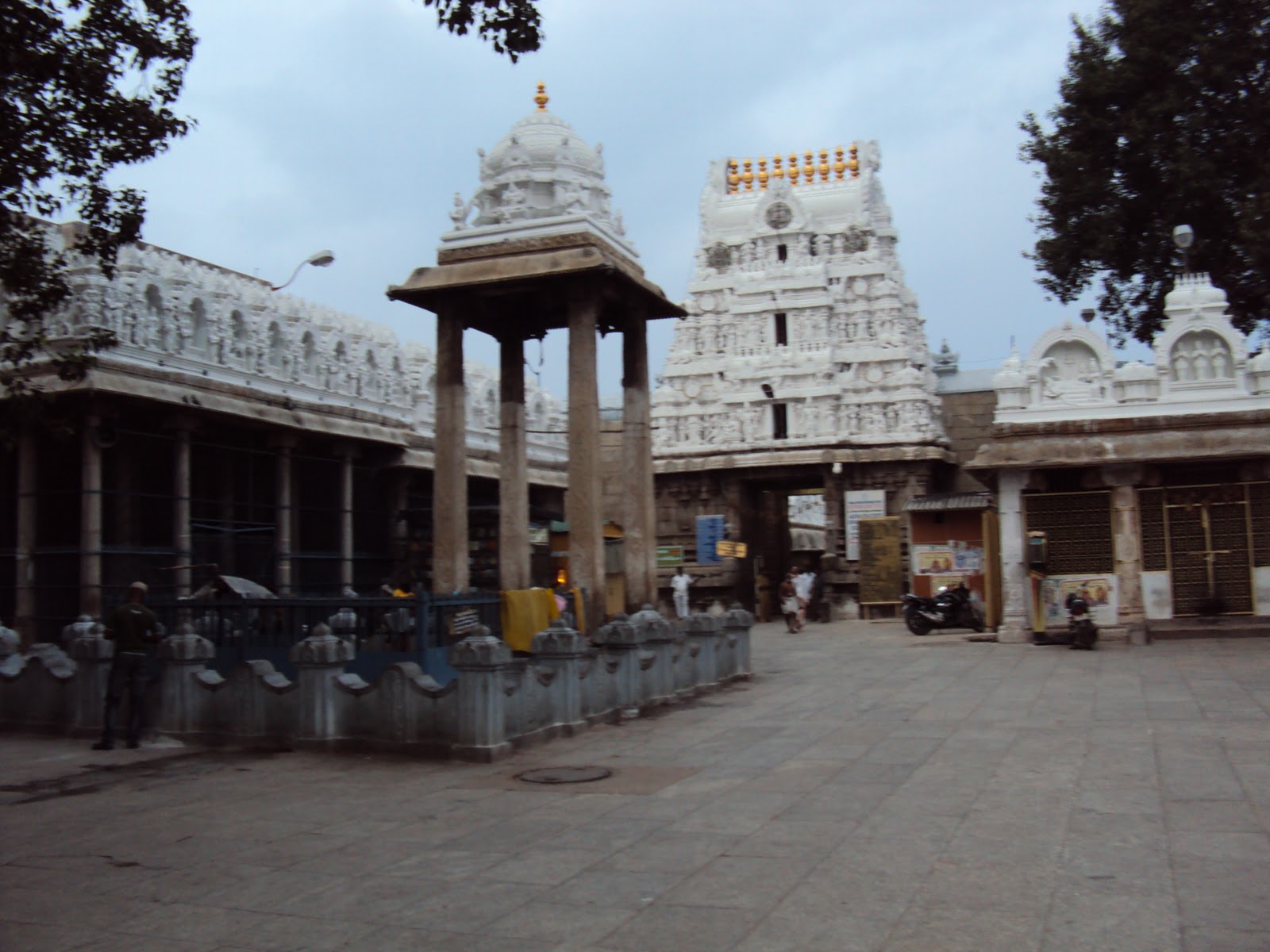
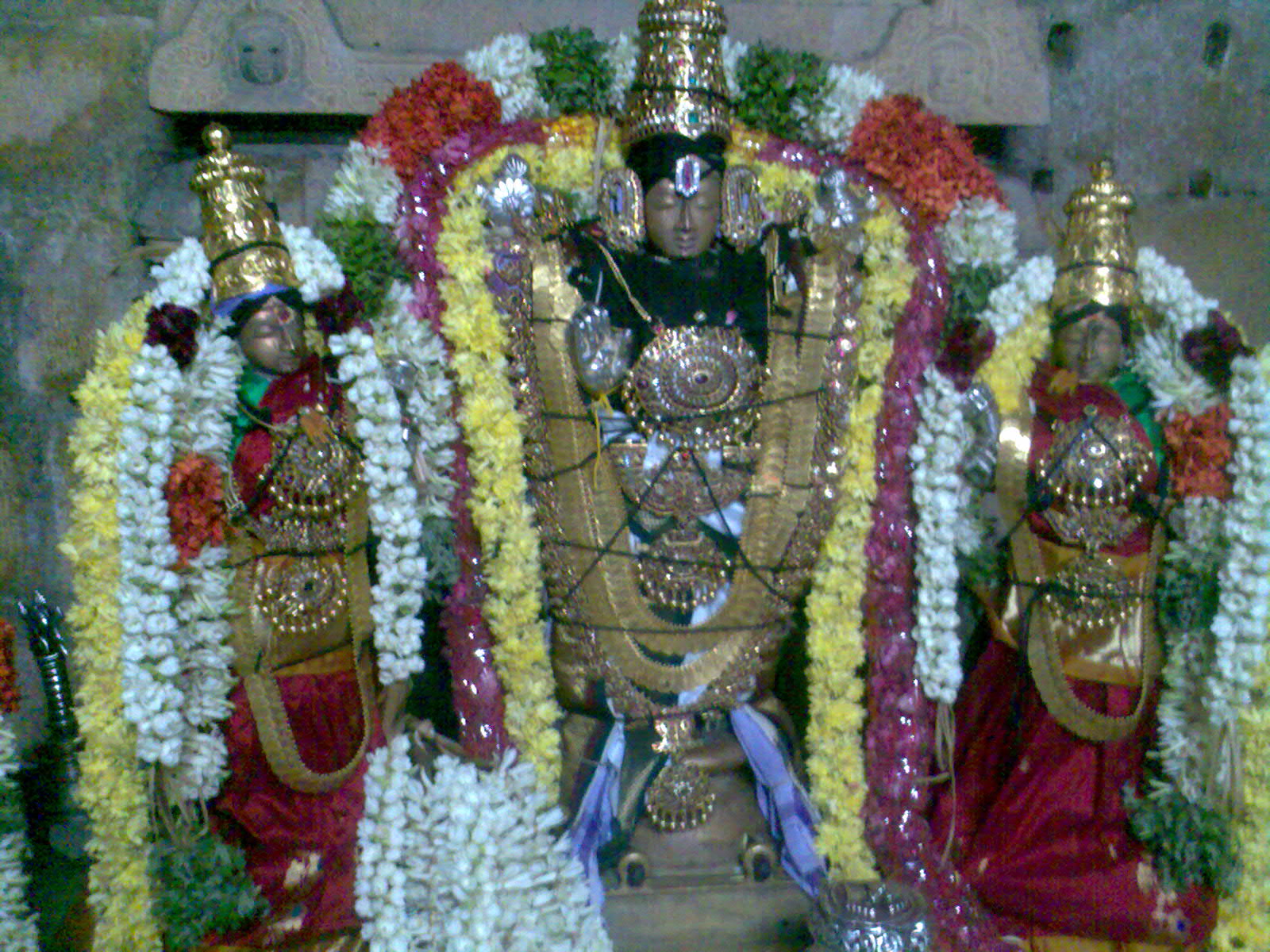
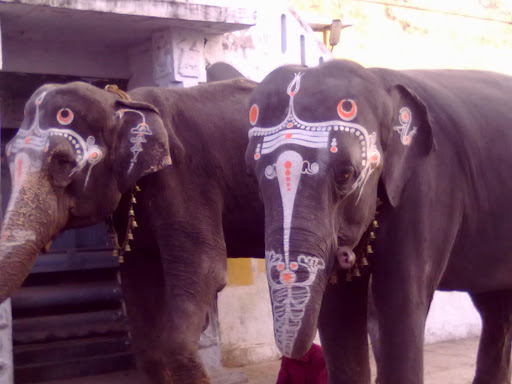
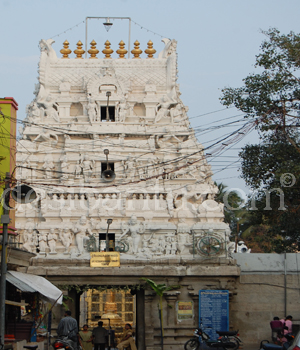
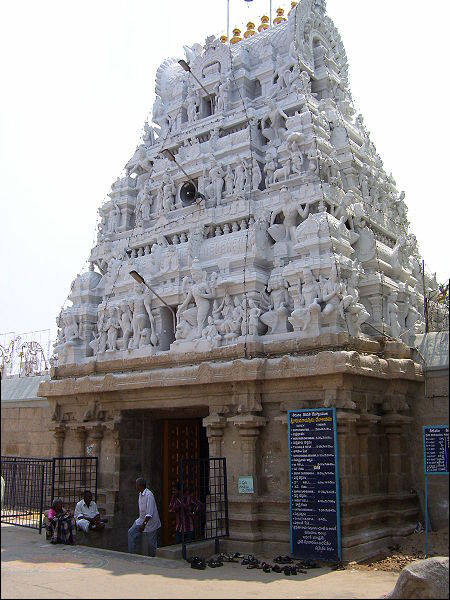
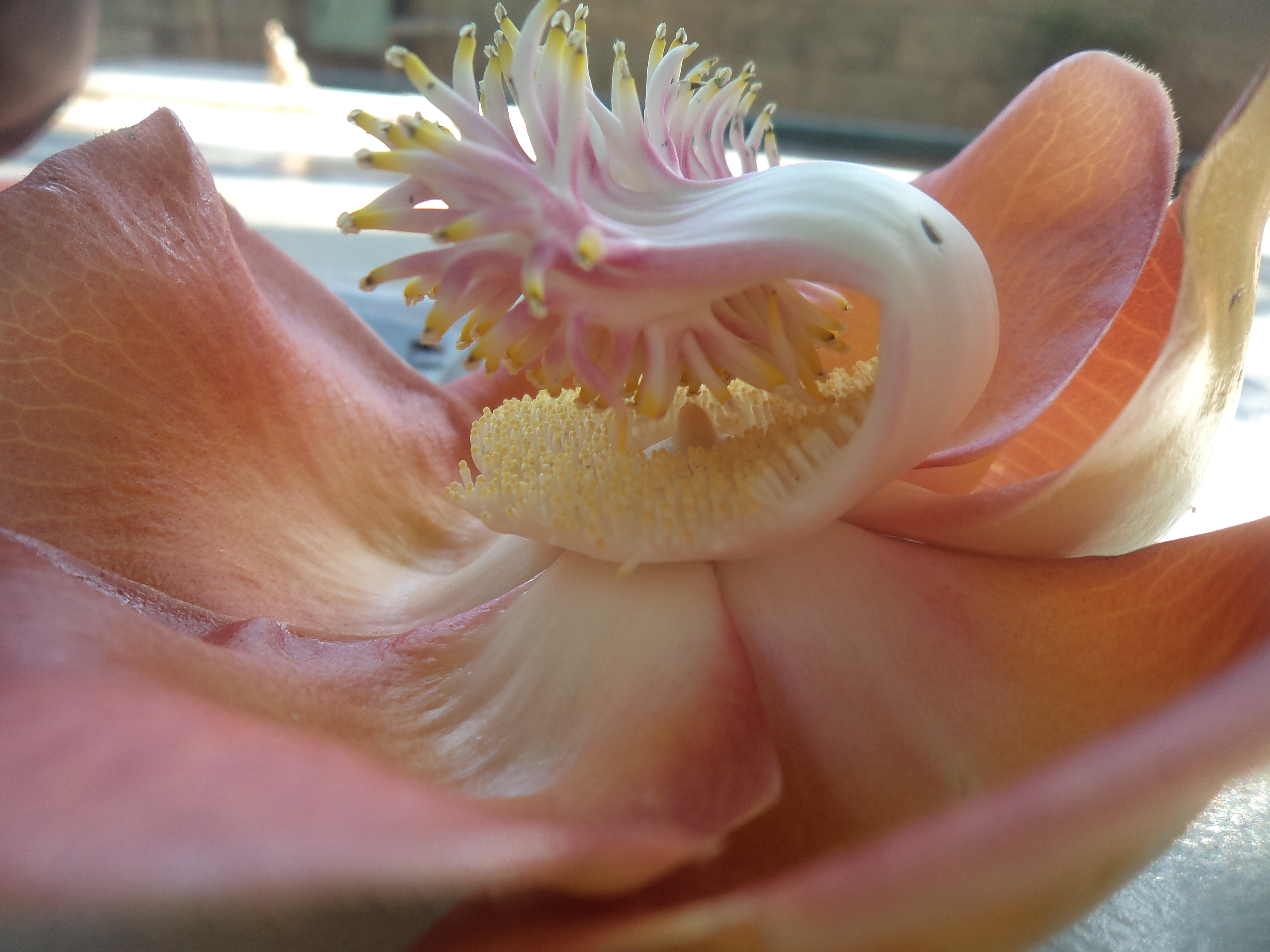
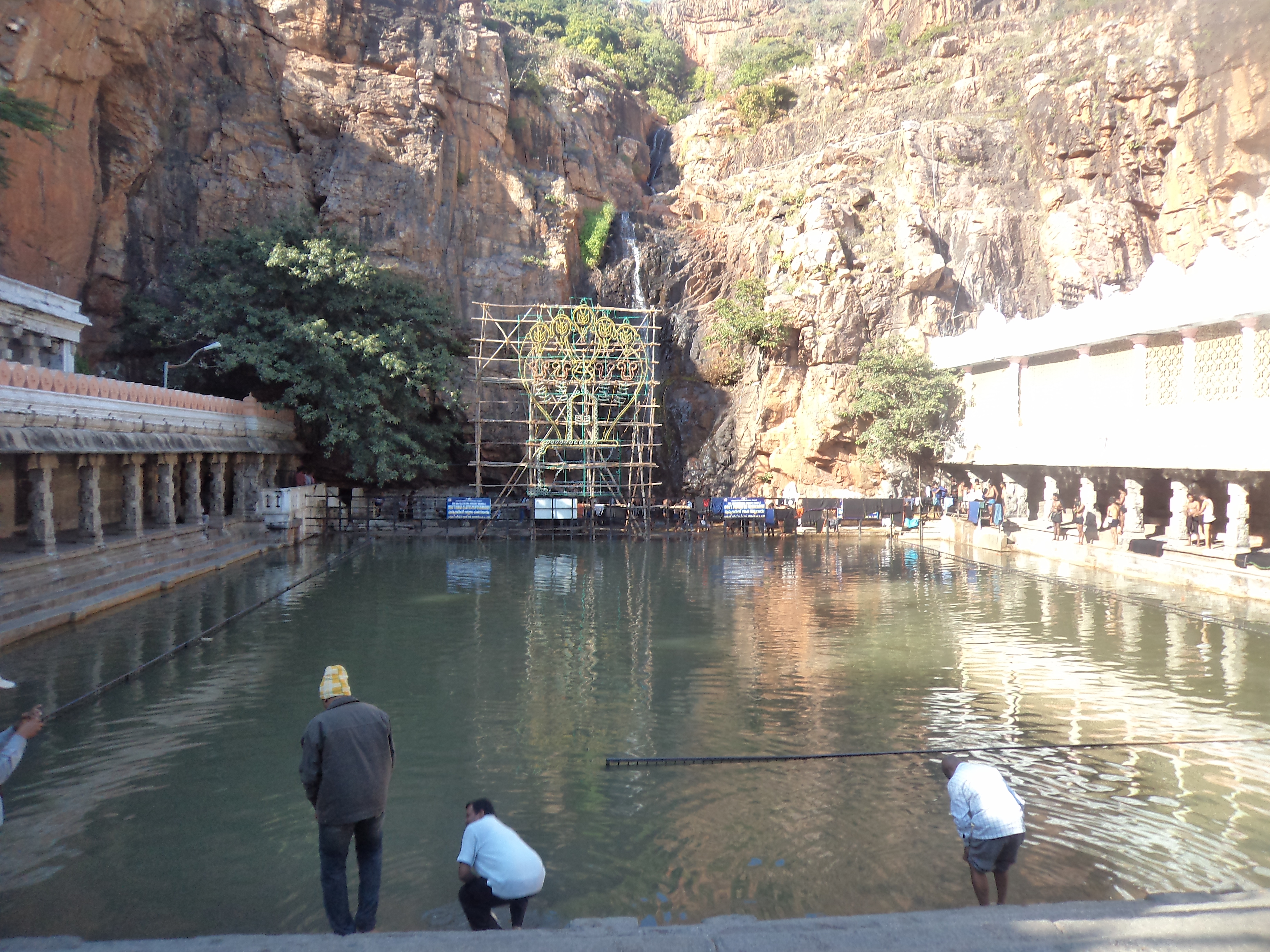
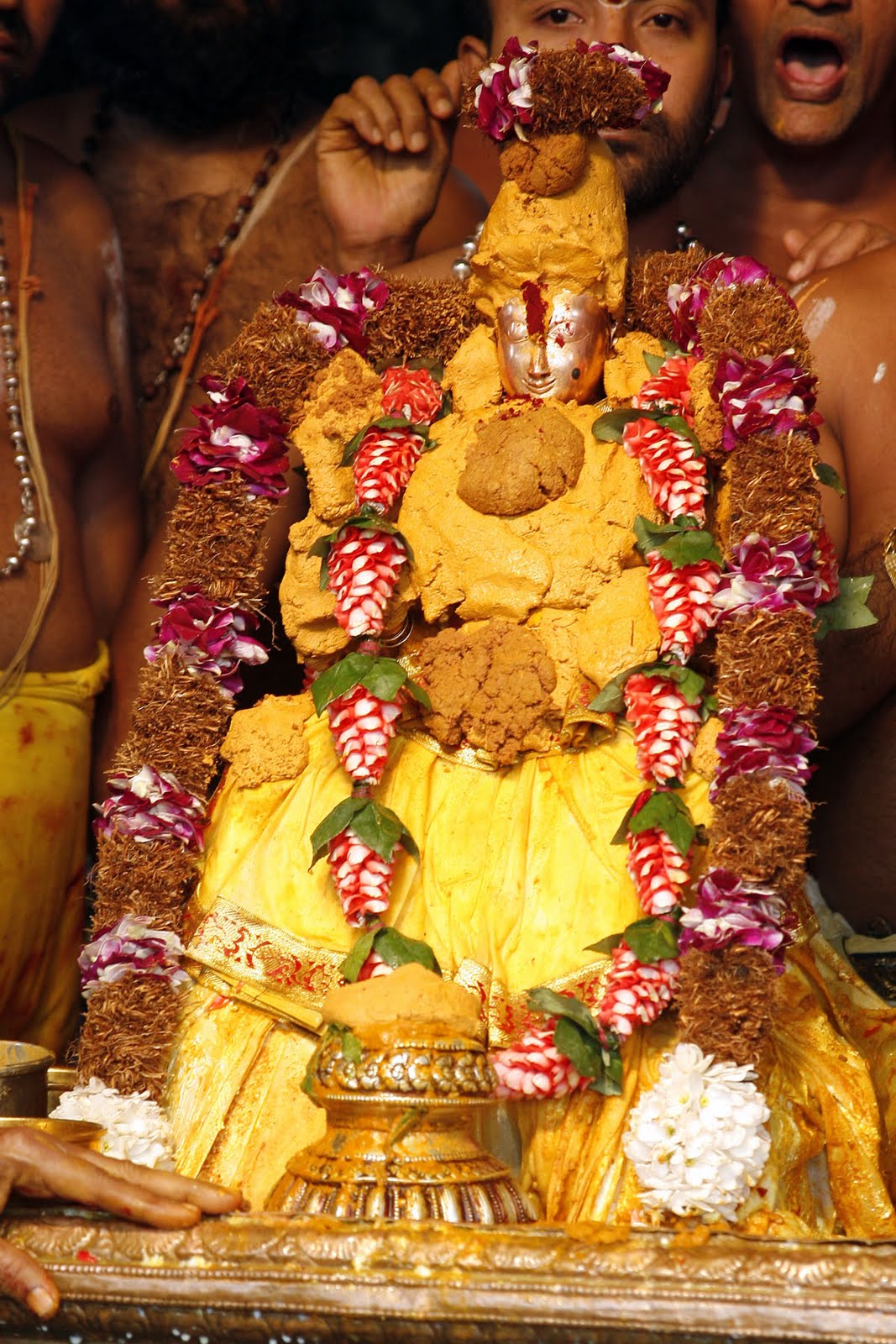
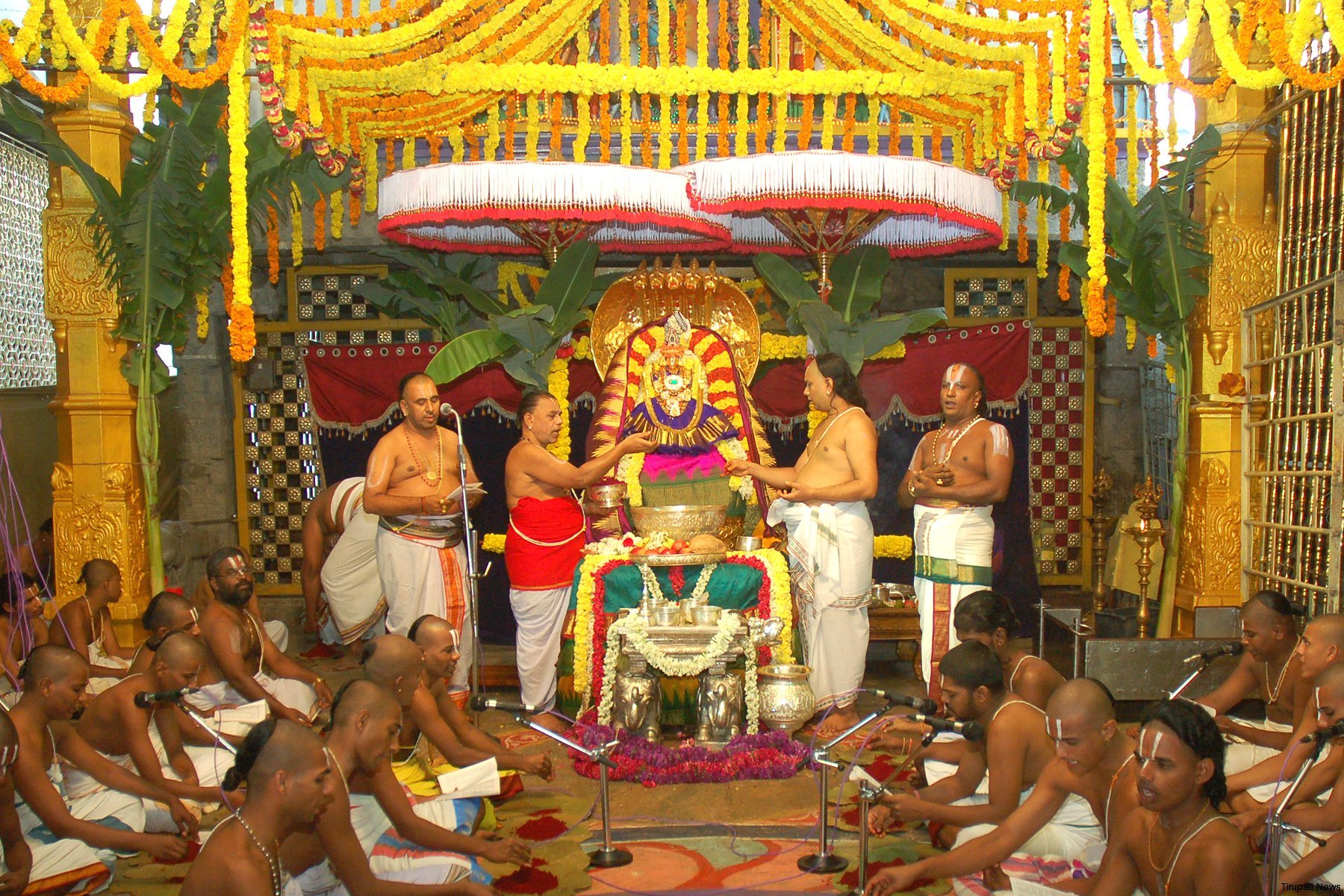
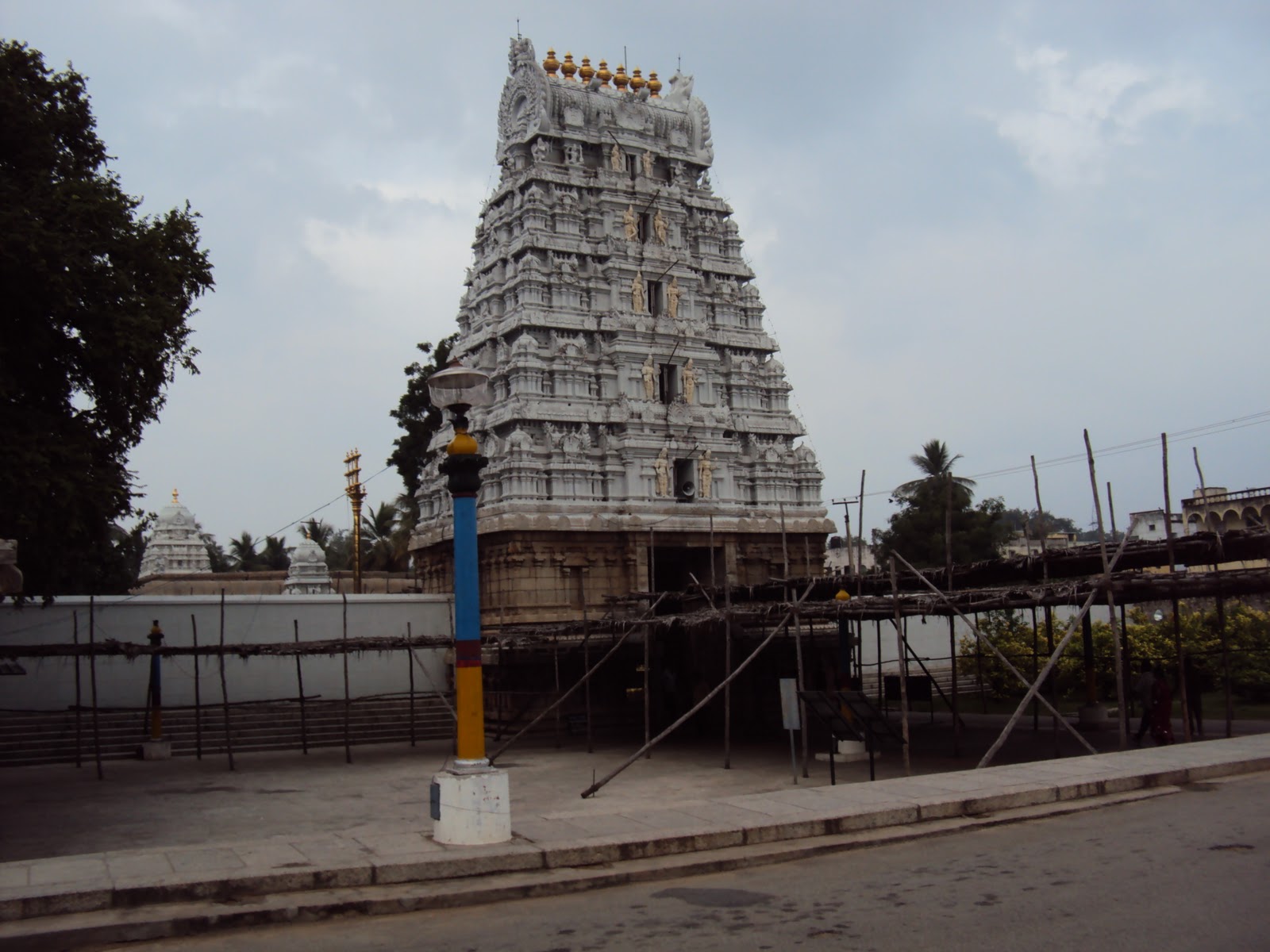
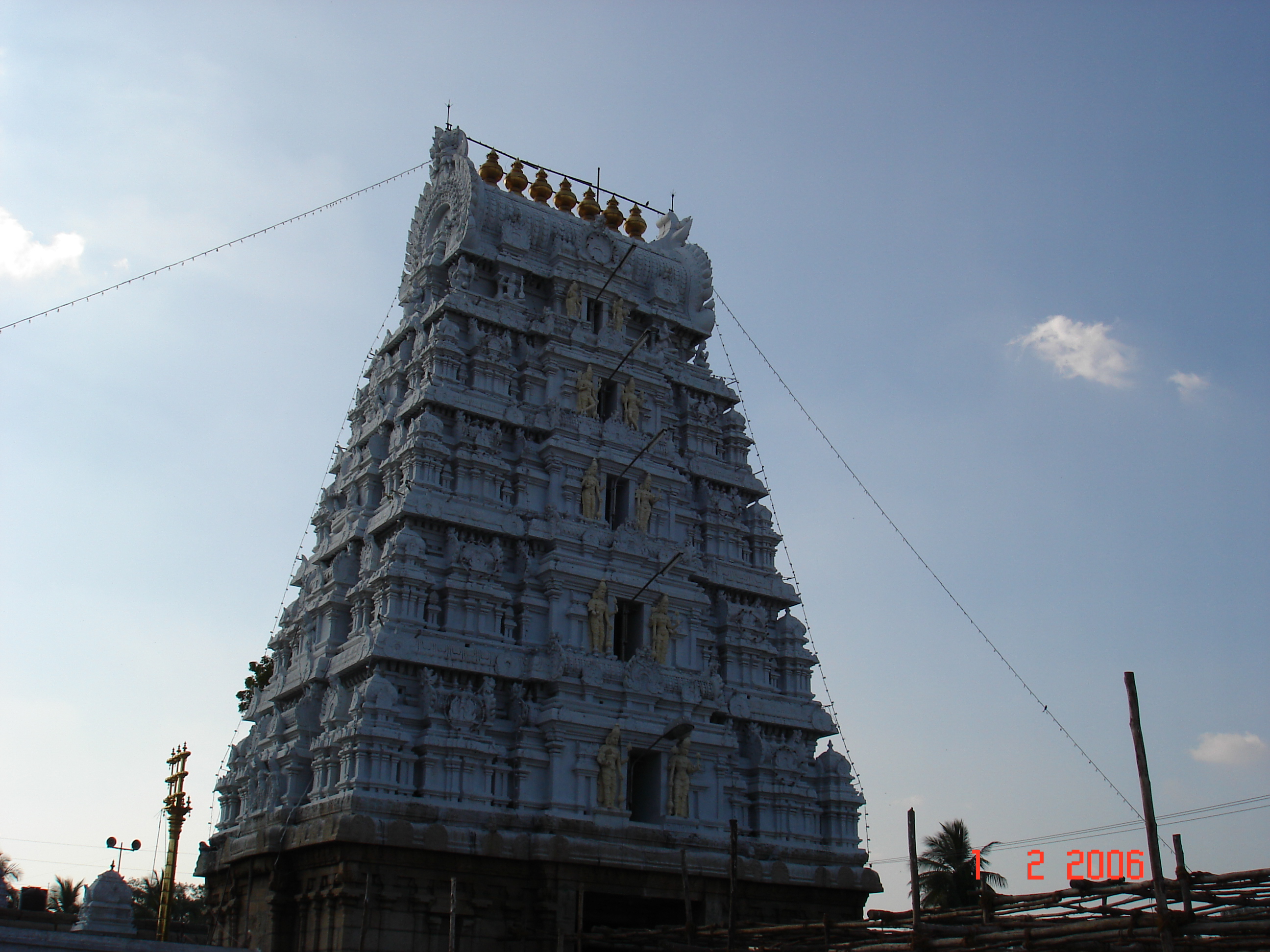
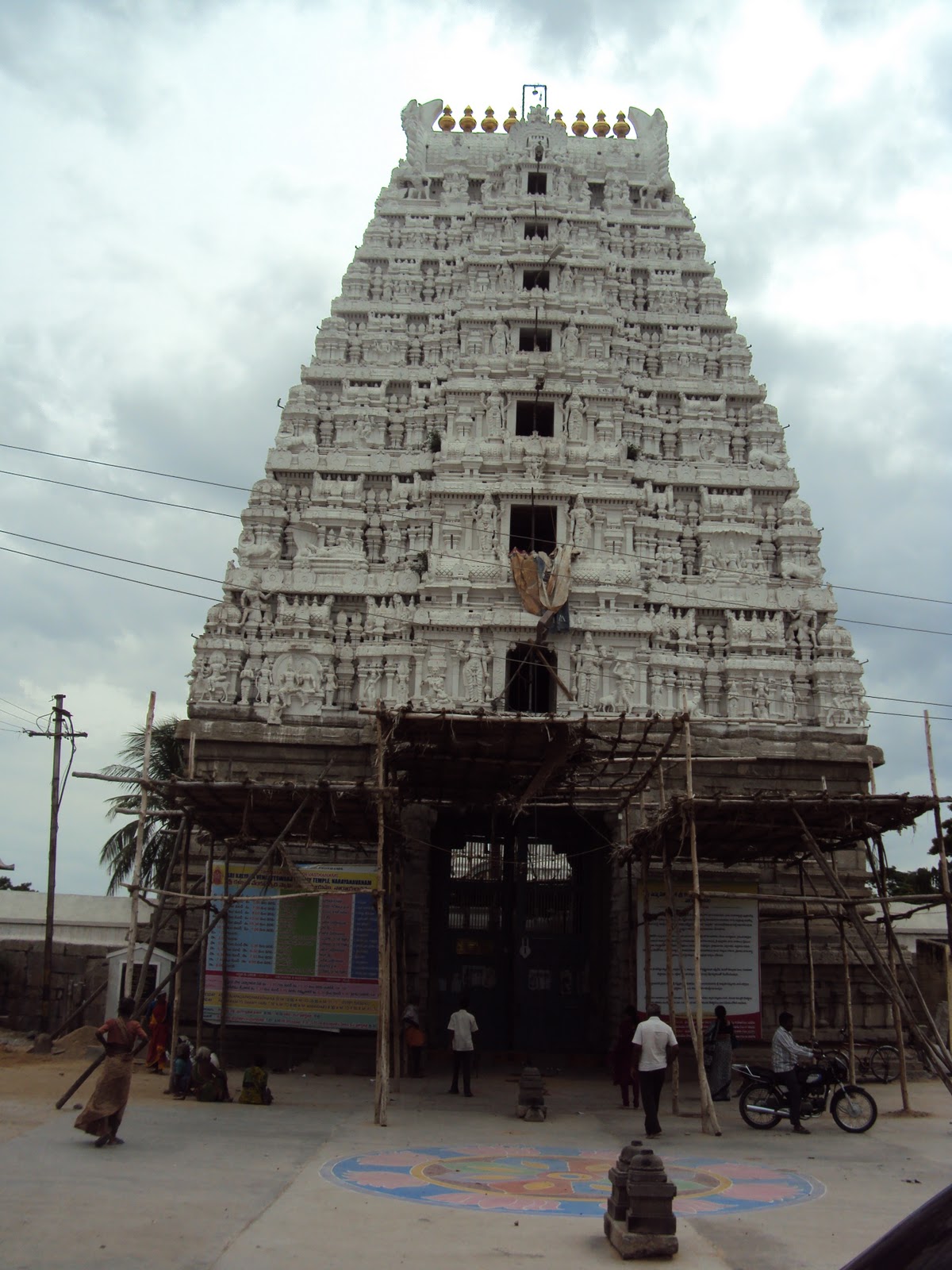
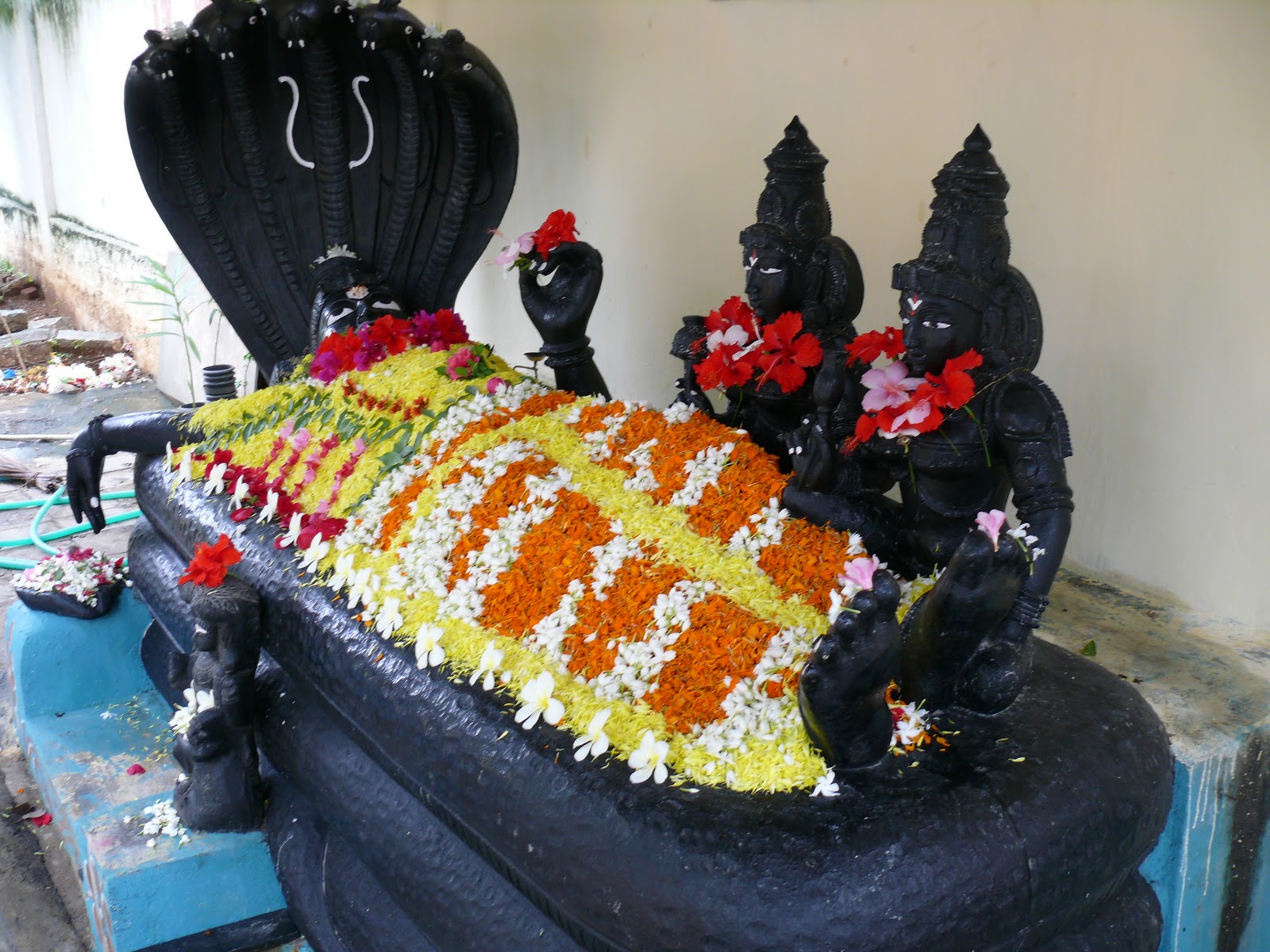
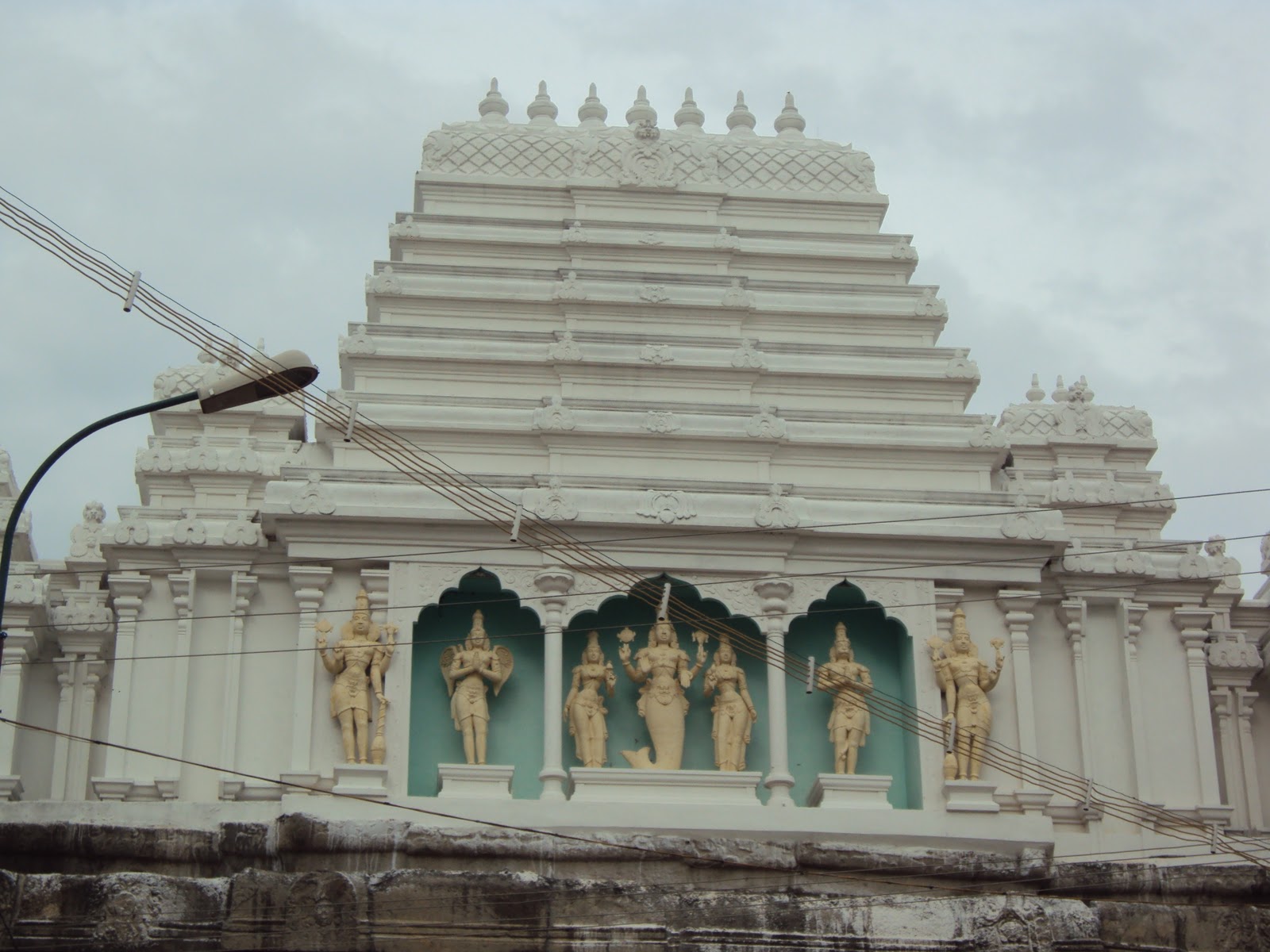
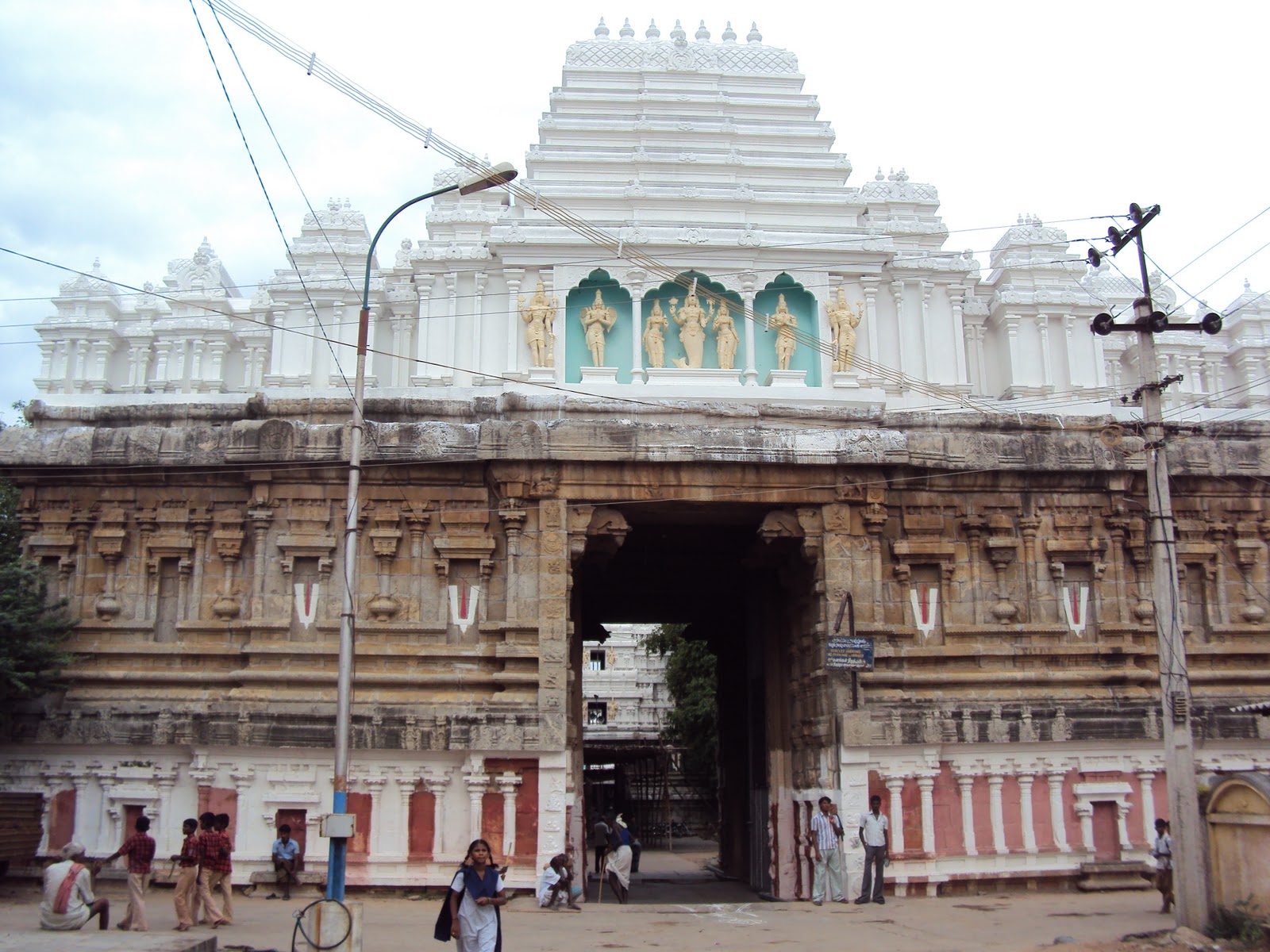
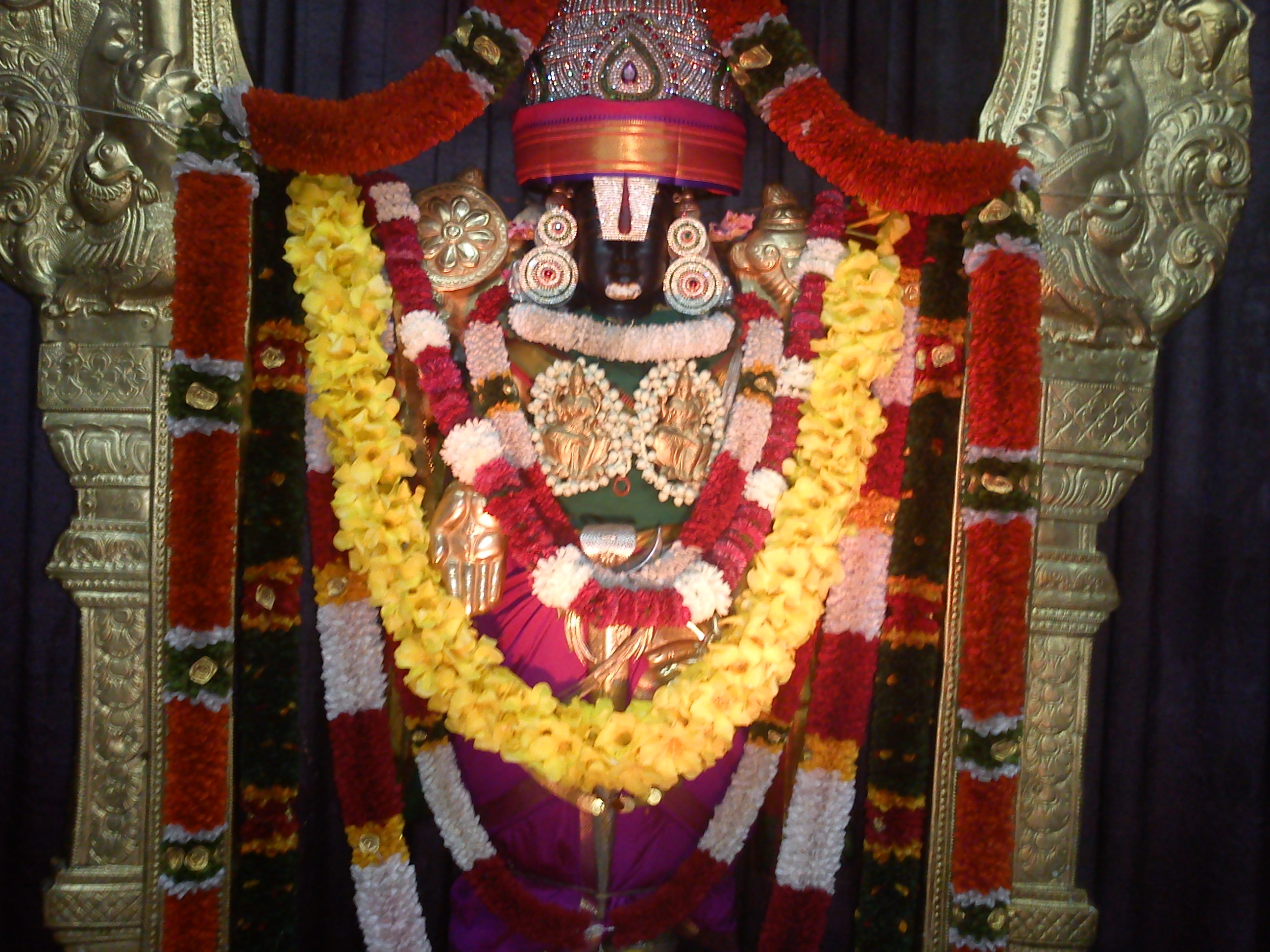
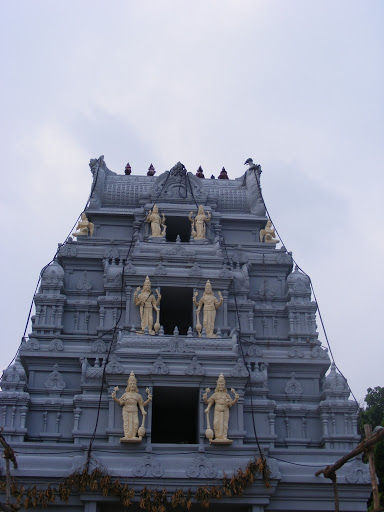
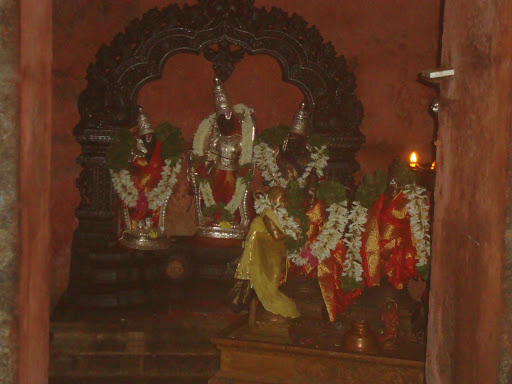
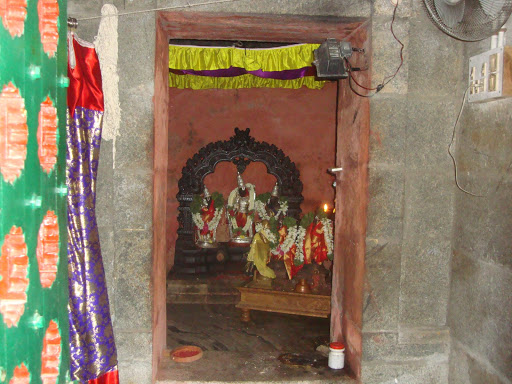
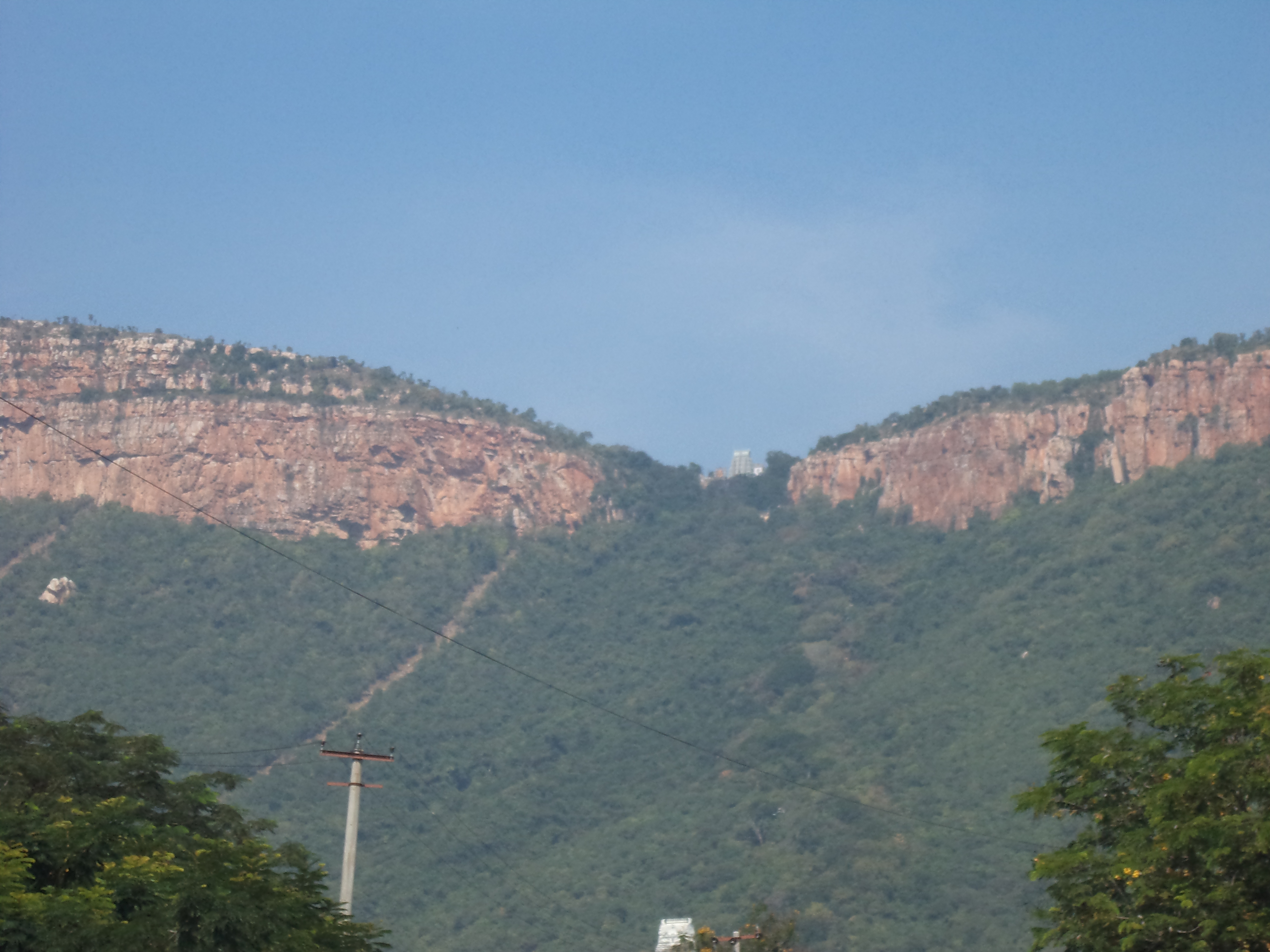
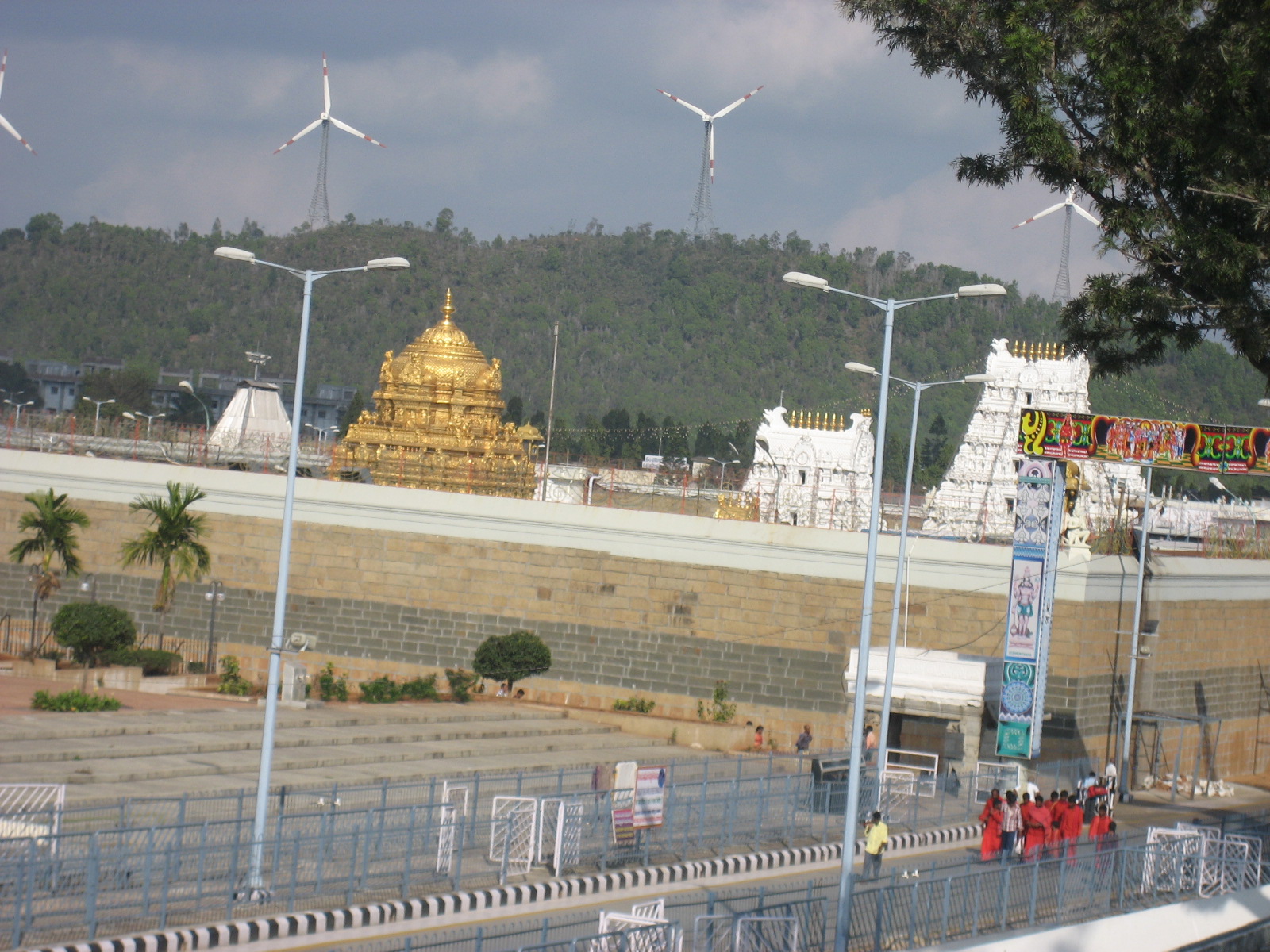
హాయ్
నా పేరు శివ.నేను హైదరాబాద్ లో జాబు చేస్తున్నాను.మీ సైట్ చాలా బాగుంది.నాకు వెబ్సైట్ గురించి తెలుసు.నేను దాని మీదే వర్ర్క్ చేస్తున్నాను.నాకు గూగుల్ Adsense Account వుంది.మీకు ఇష్టమైతే ads మీ దానిలో display చేస్తాను.50-50 షేర్ తీసుకుందాము.మీ సైట్ ఇంకా బాగా చేస్తాను.మీరు ఒకసారి నాతో contact అవ్వండి.నా మొబ్ no :98 48 49 32 01…మీరు చాలా బాగా money earn చేయోచ్చు.మీకు ఇష్టం లేకపోయినా నాతో ఒకసారి కాల్ చేసి మాట్లాడండి.